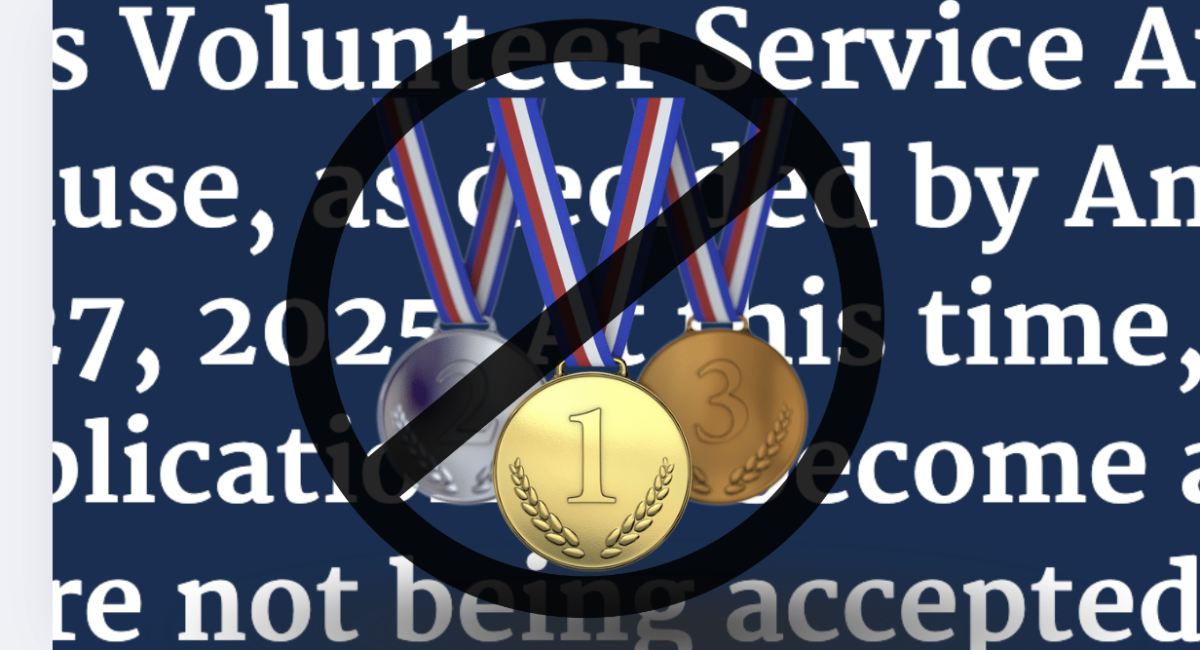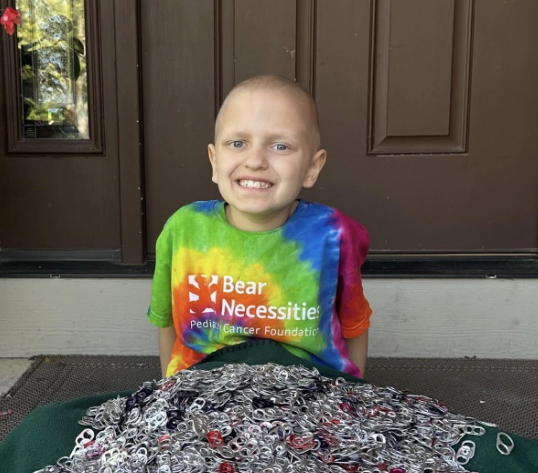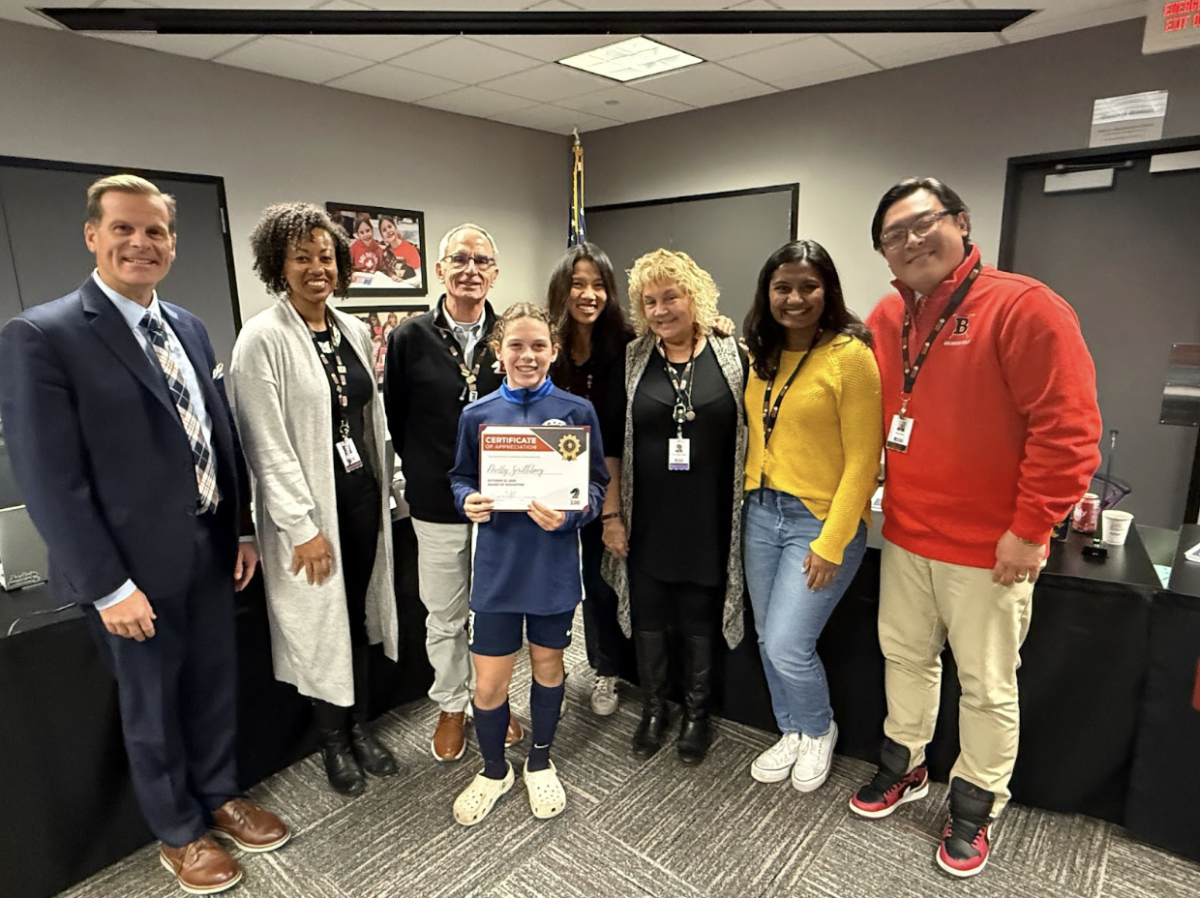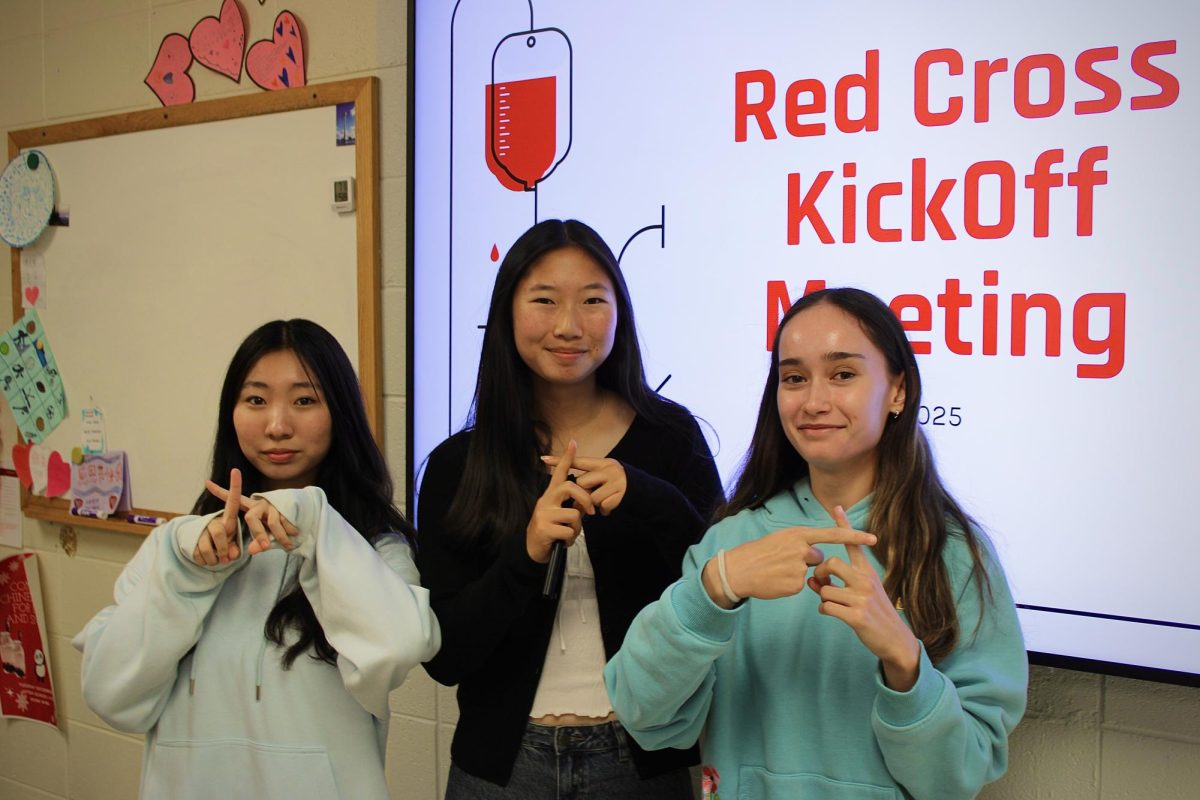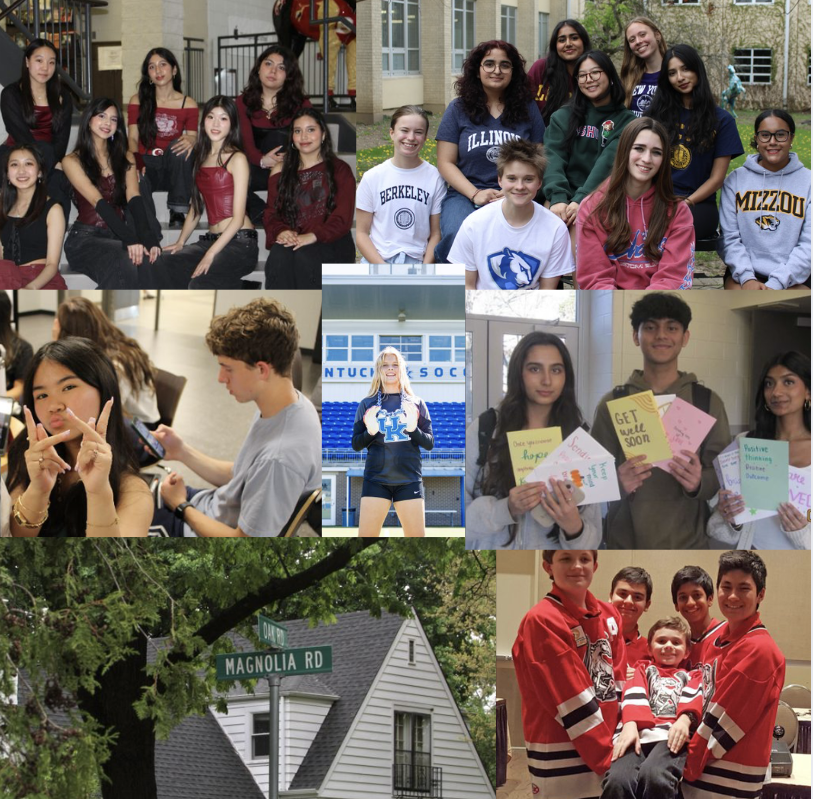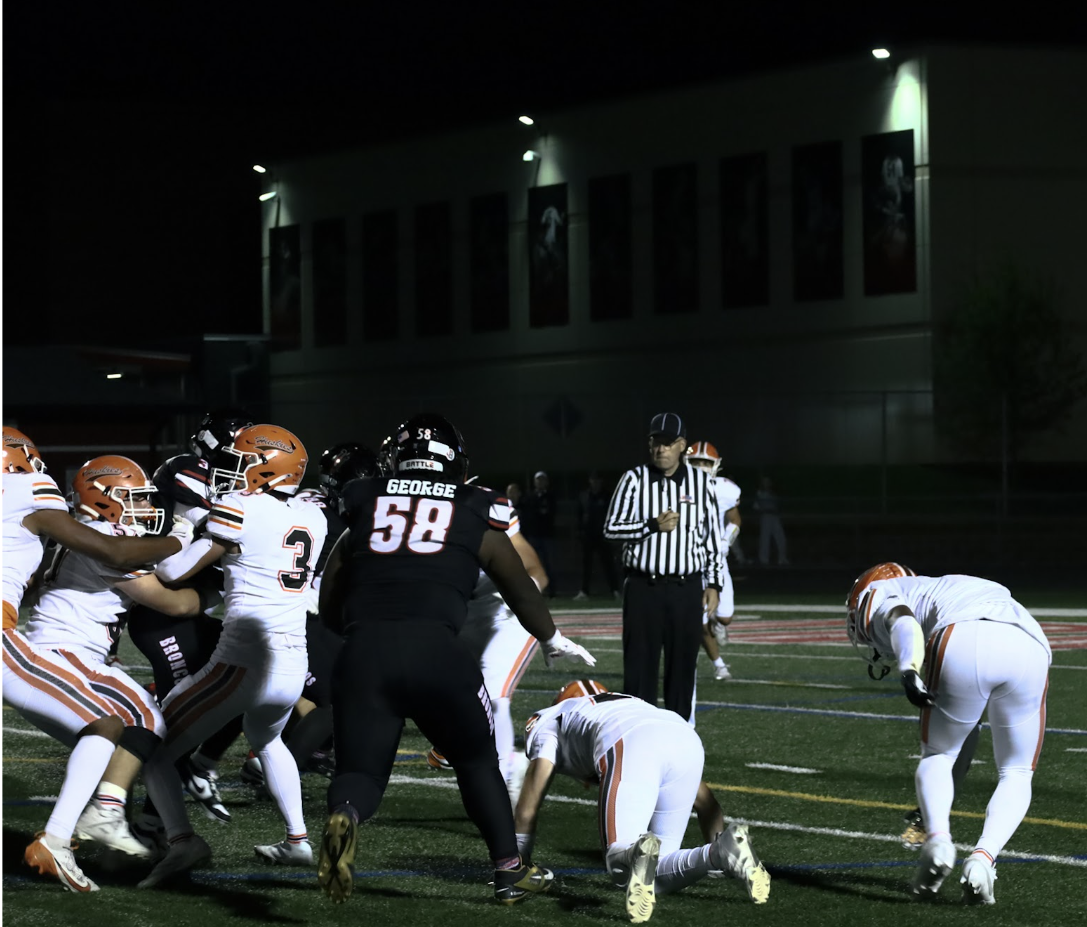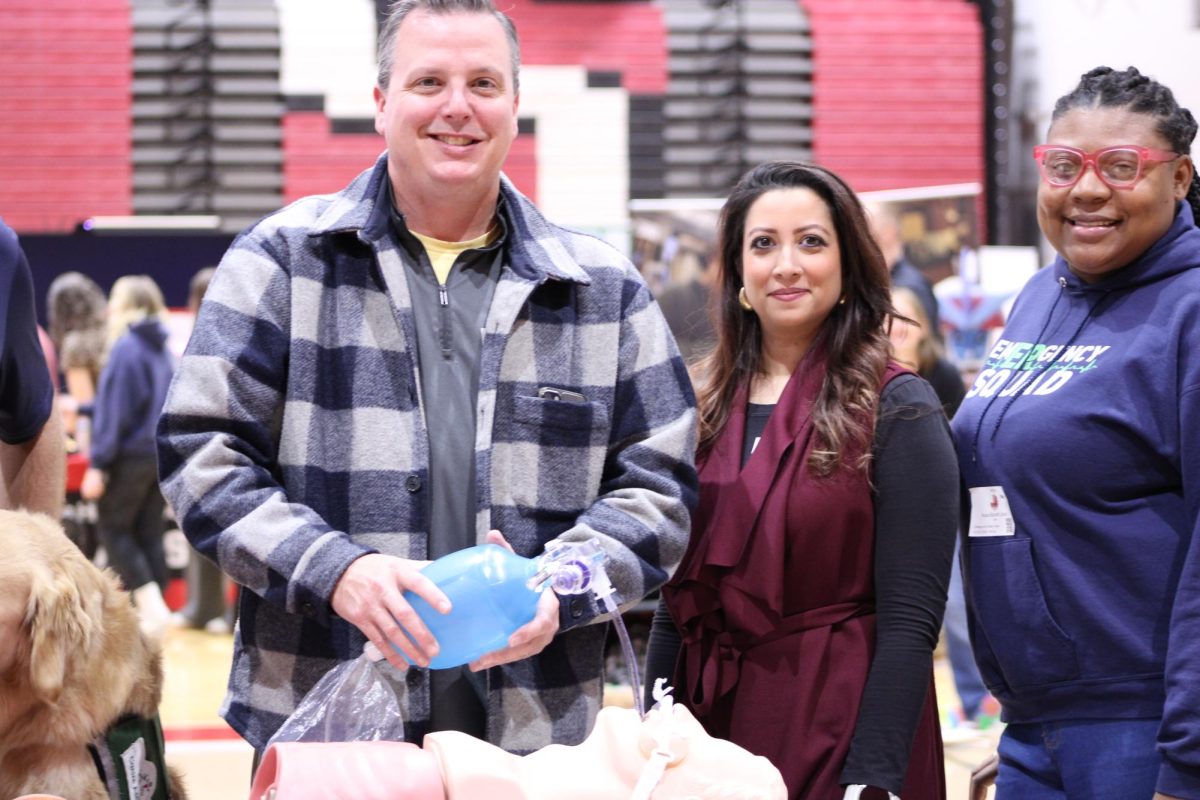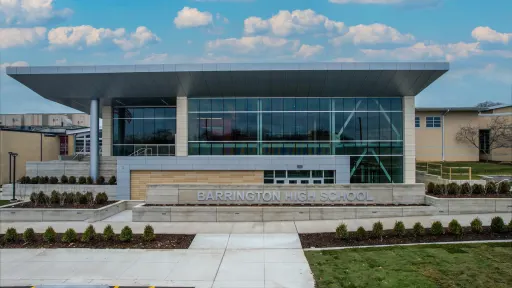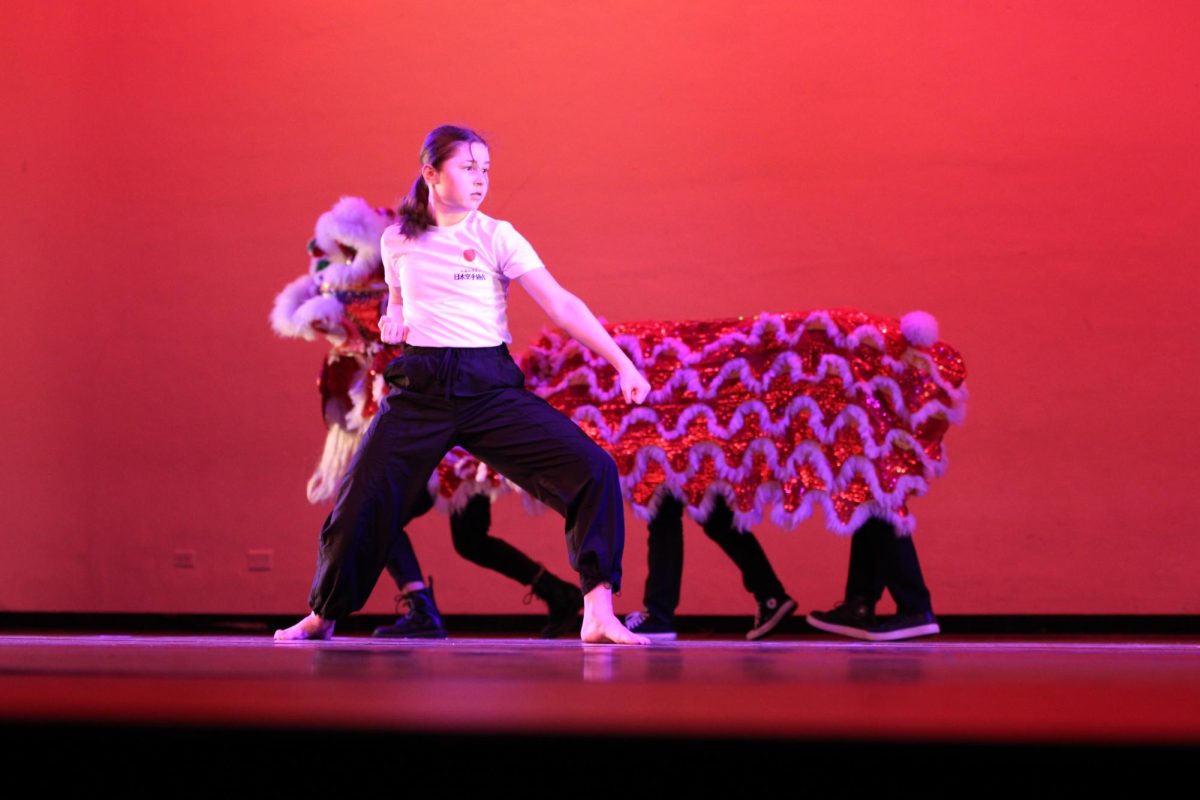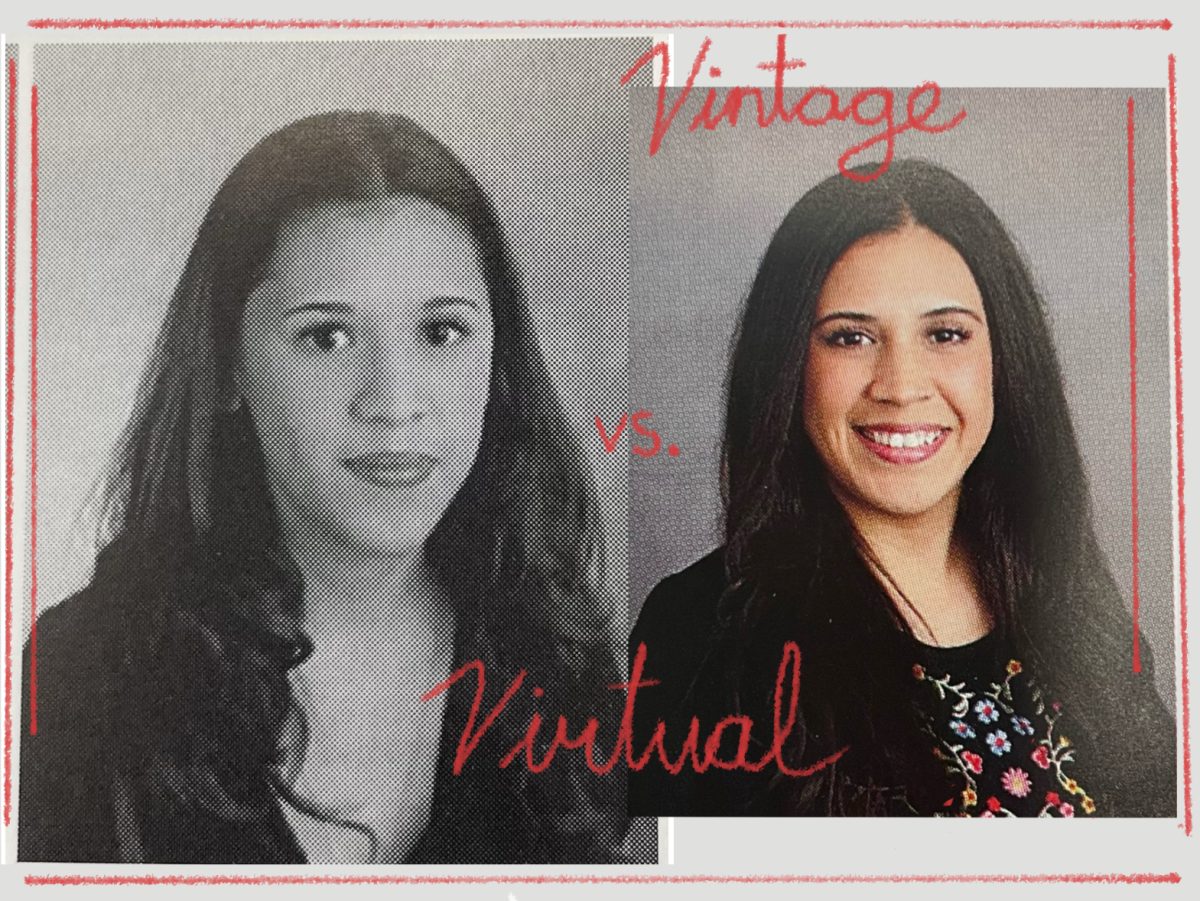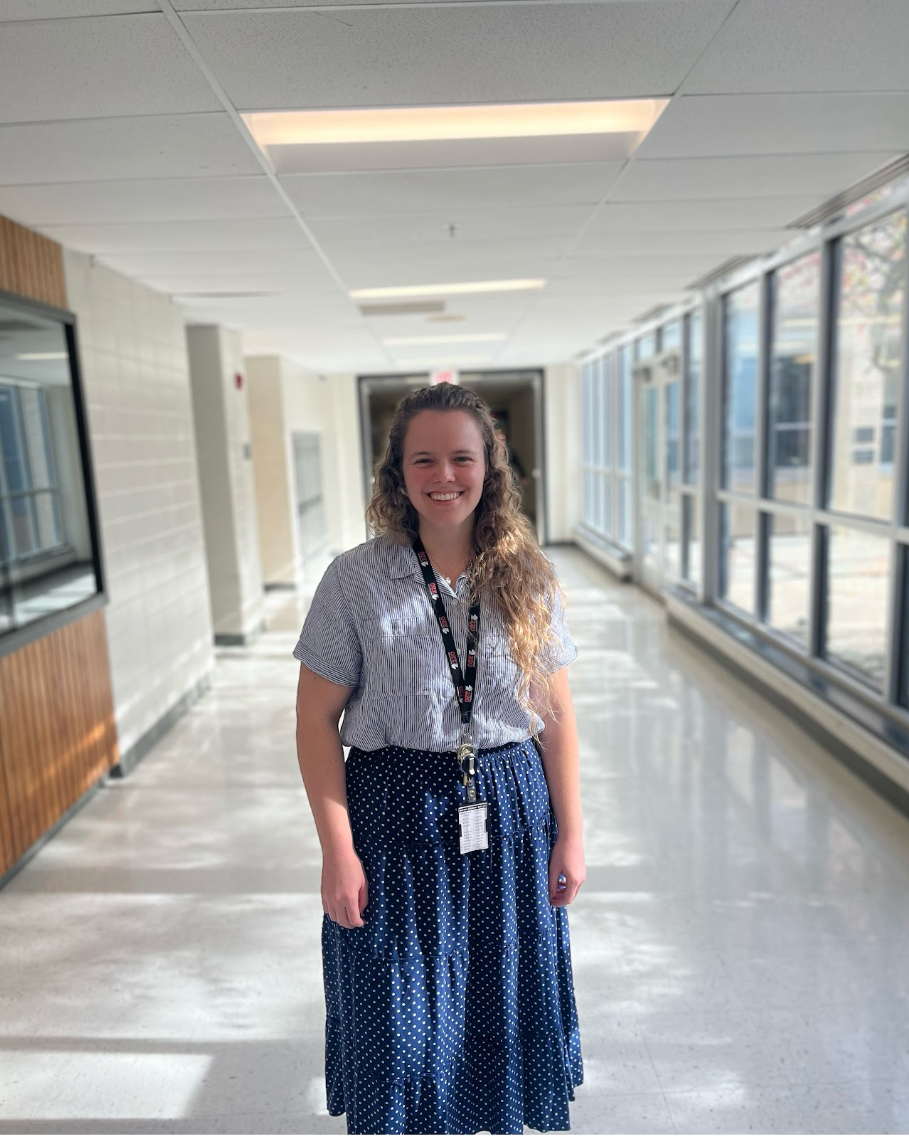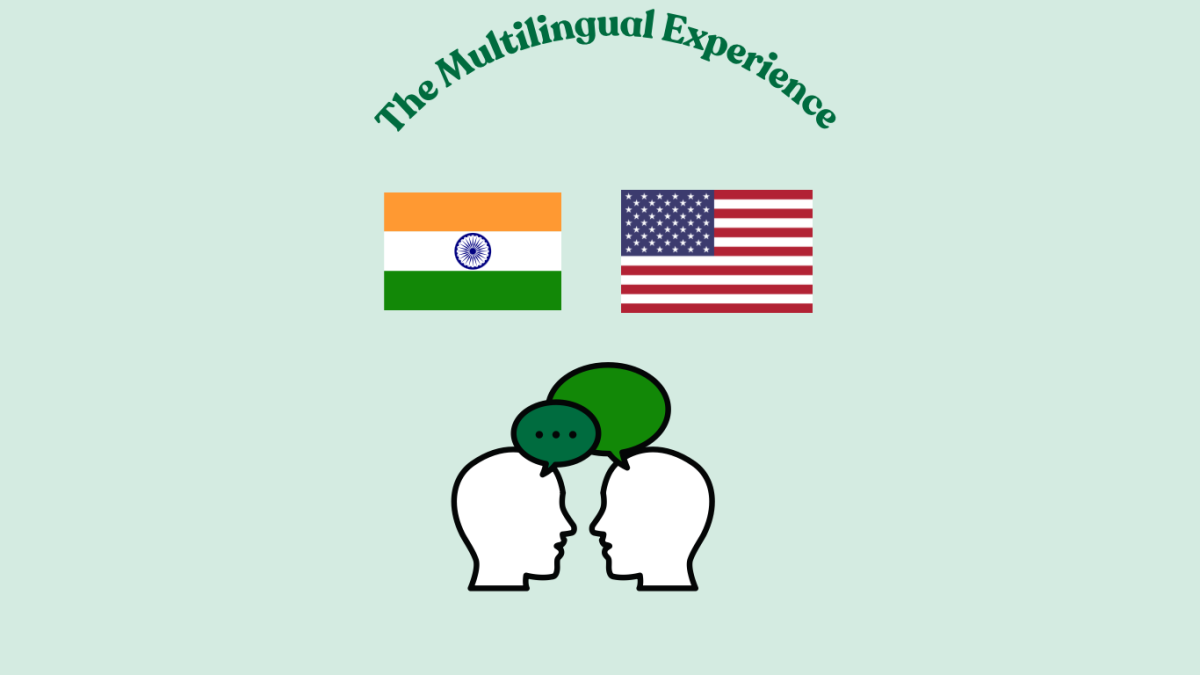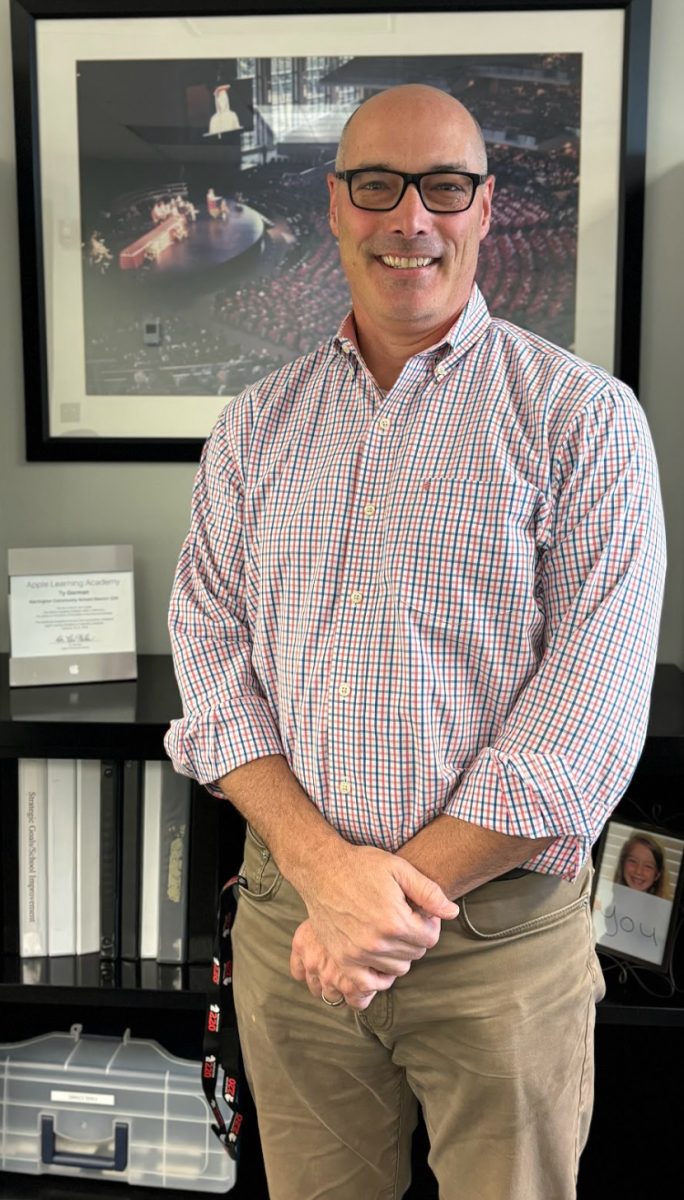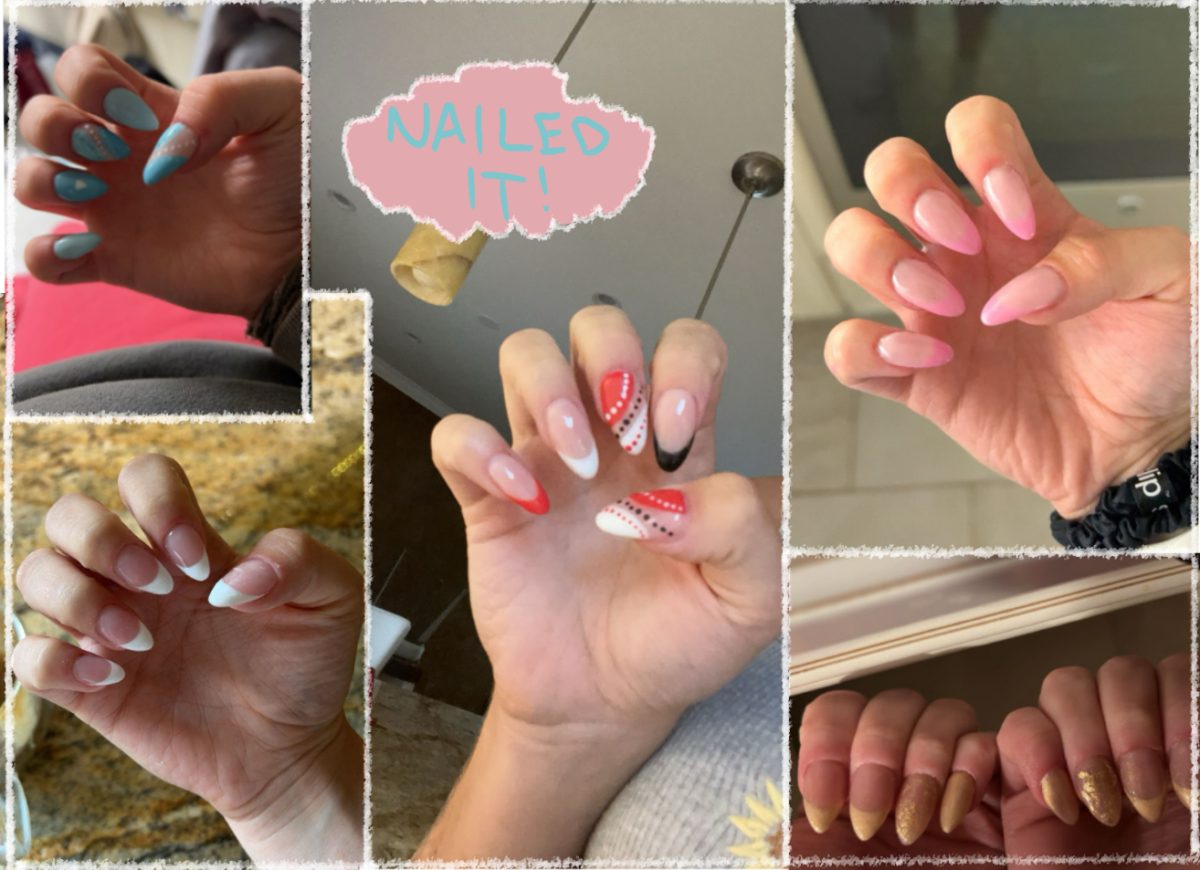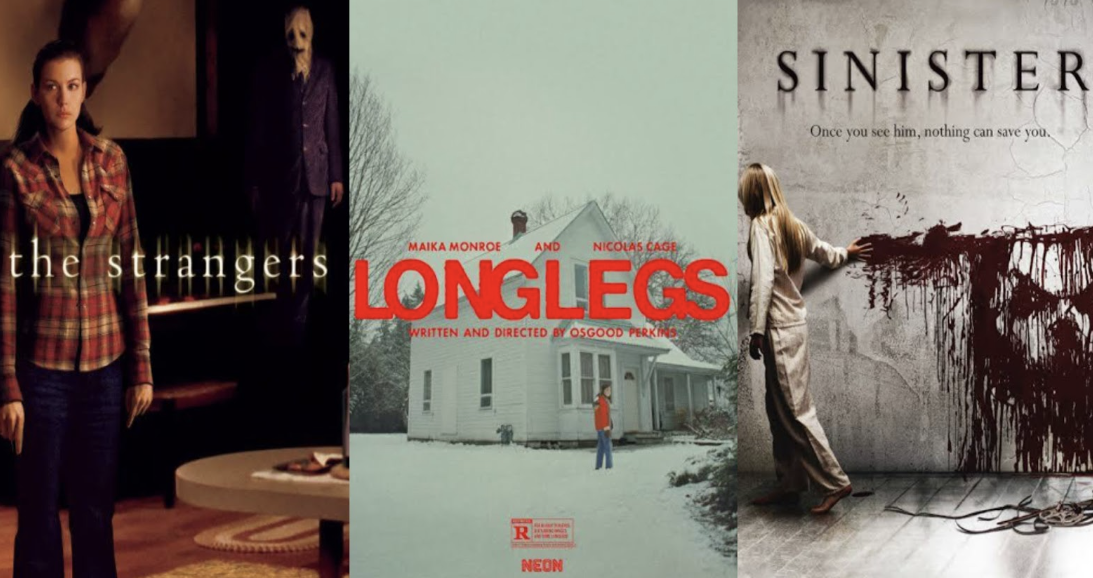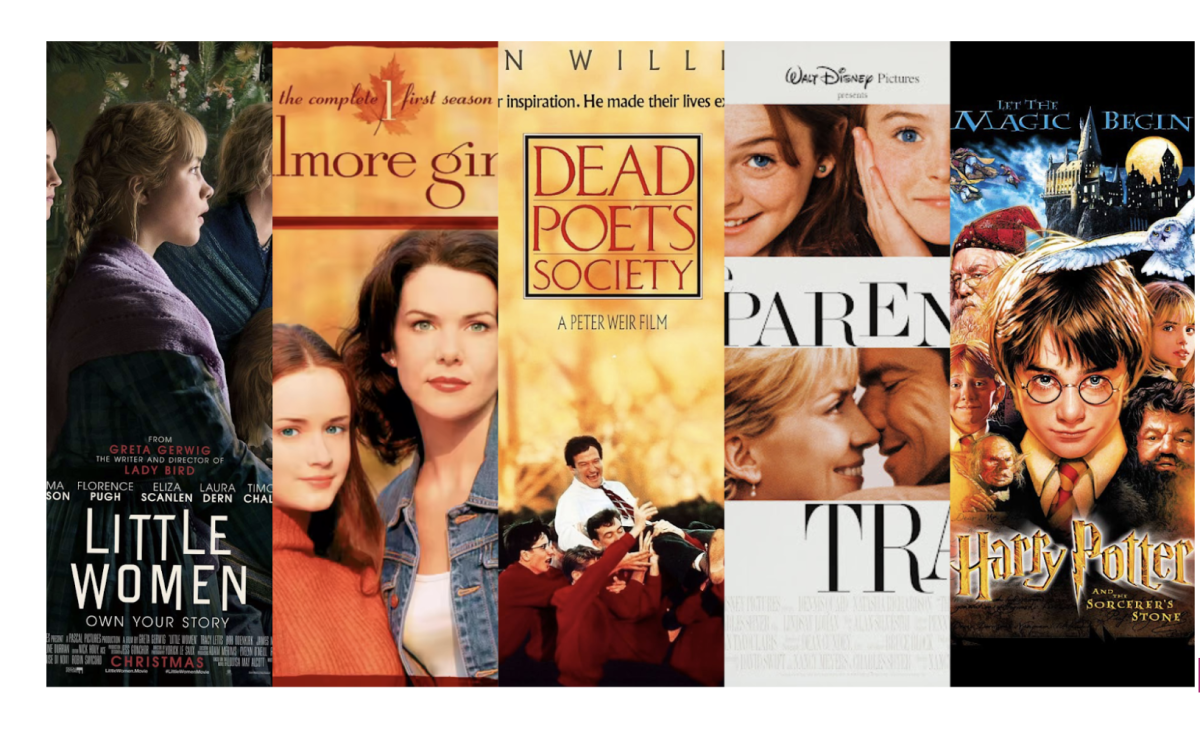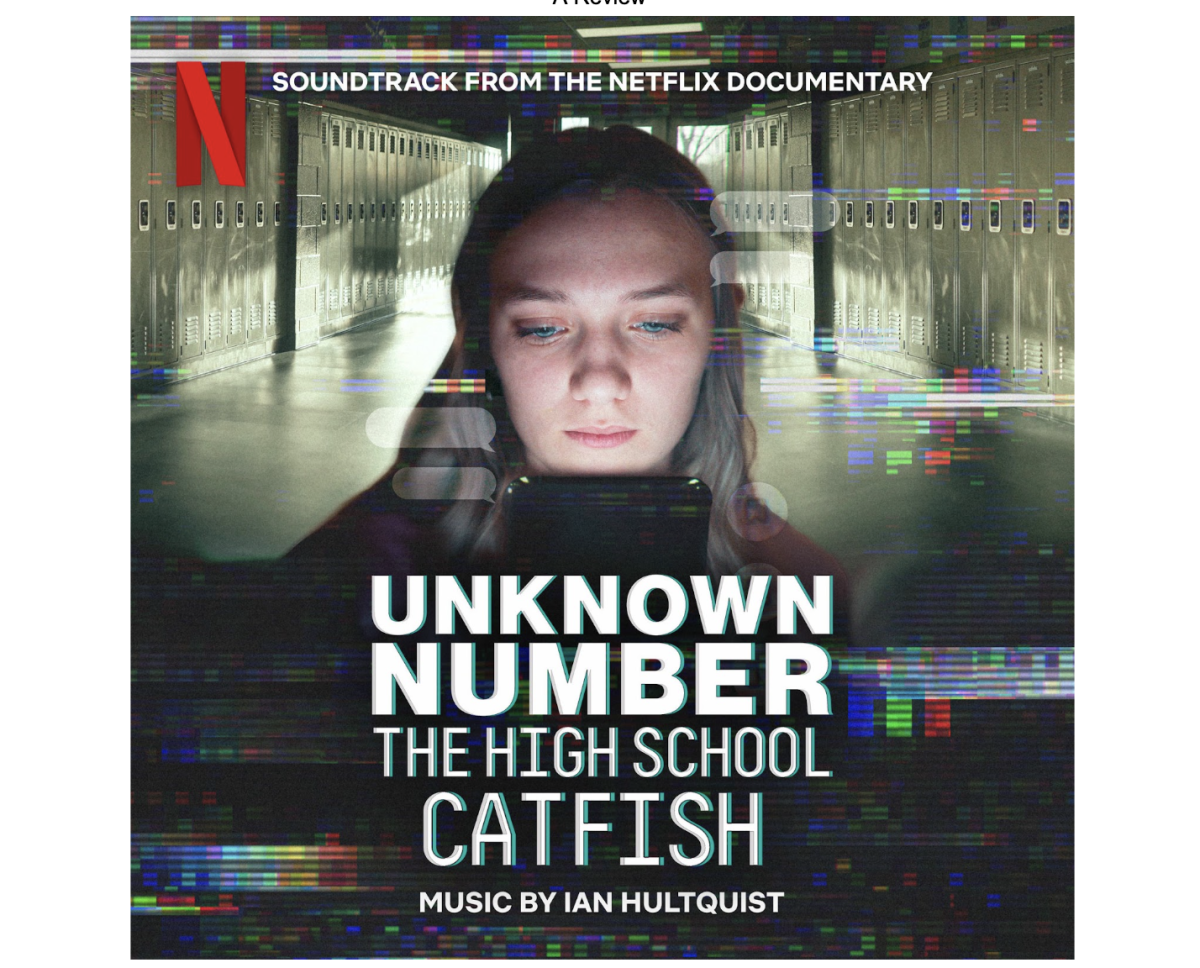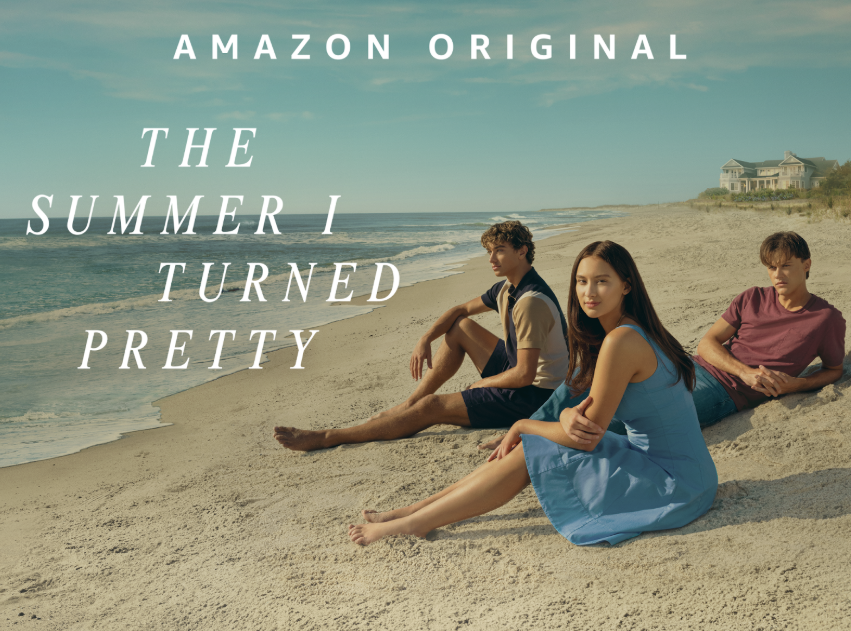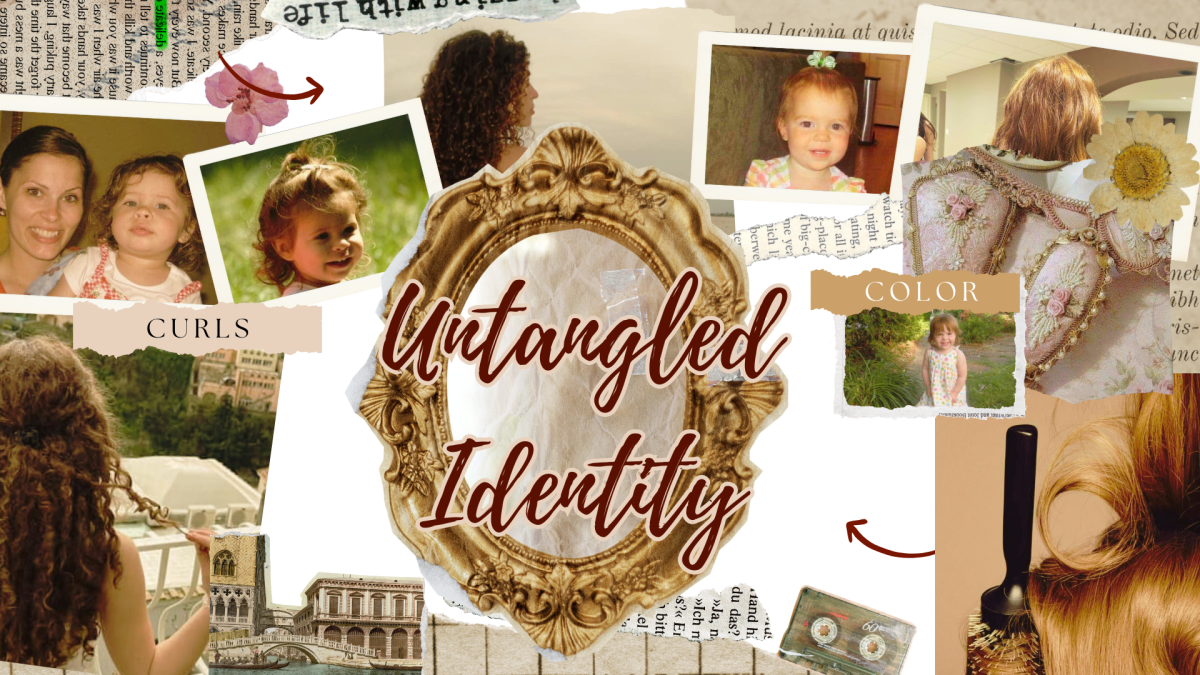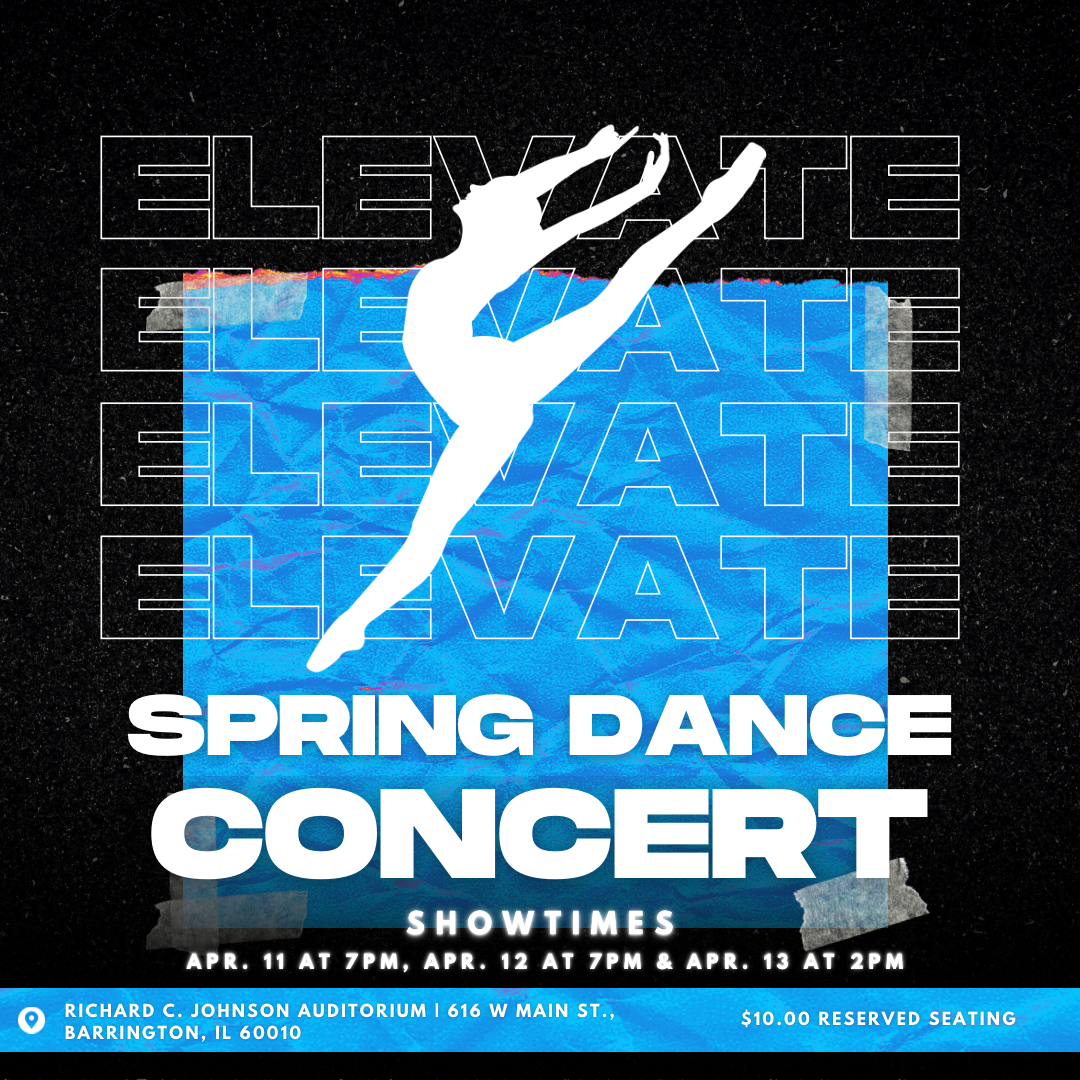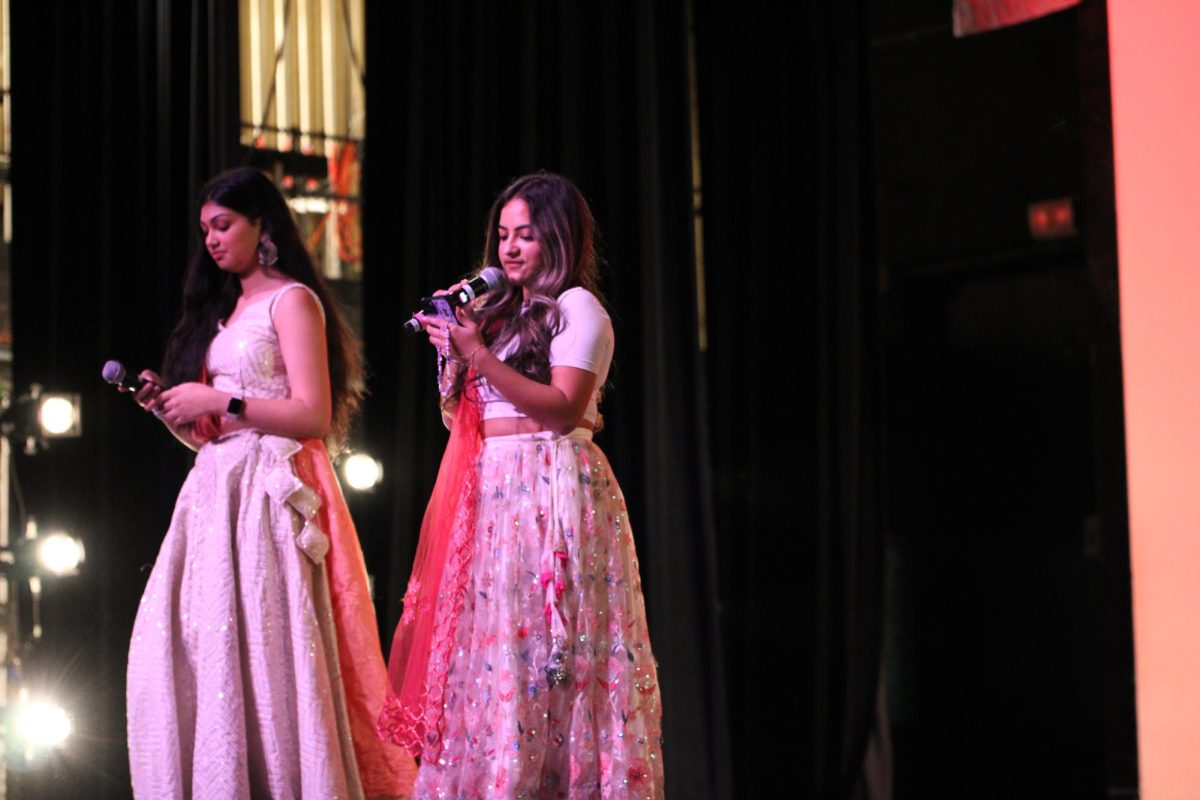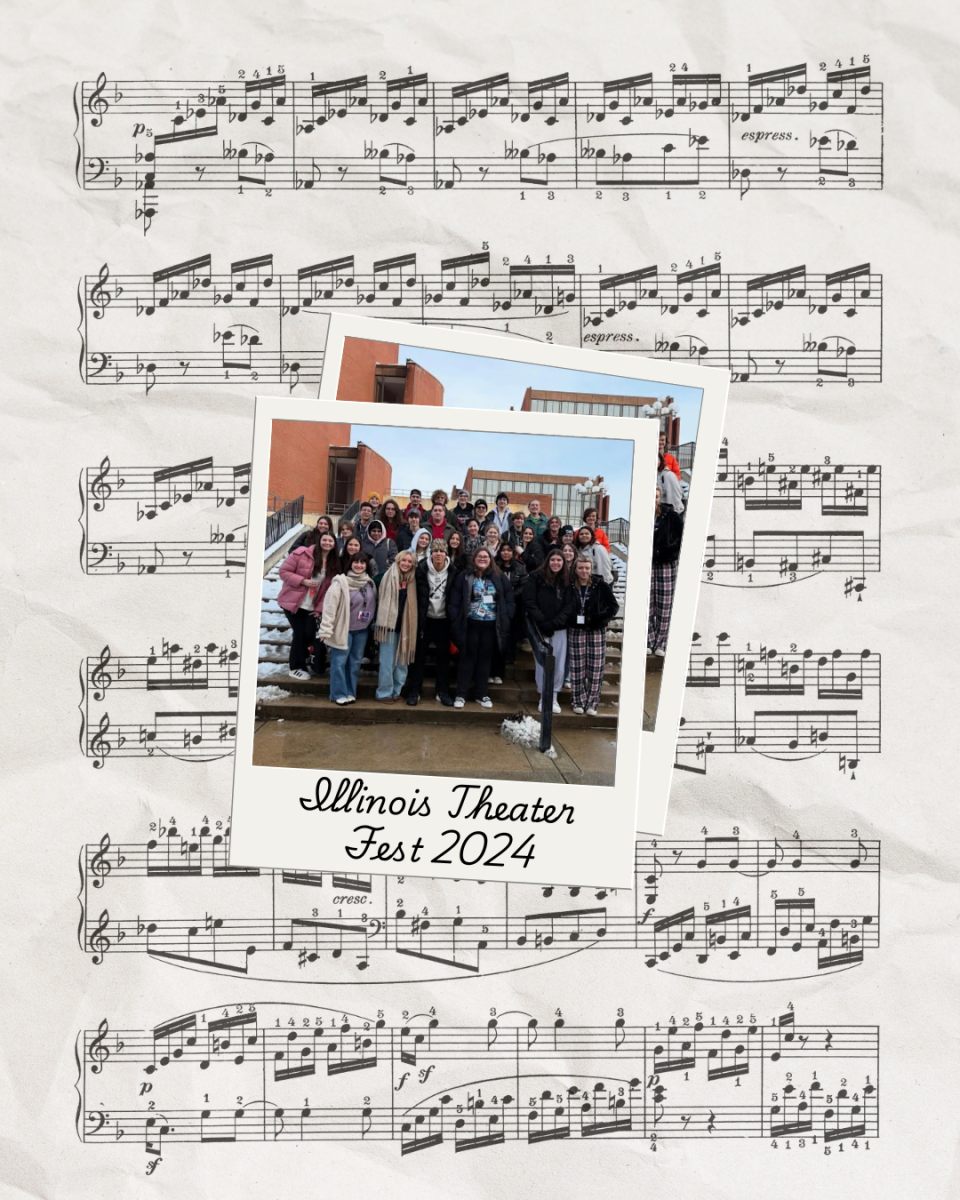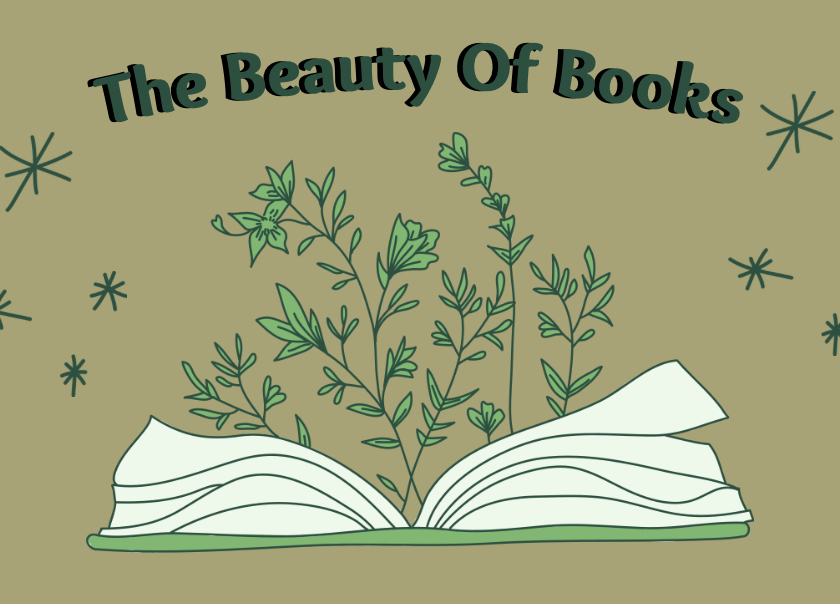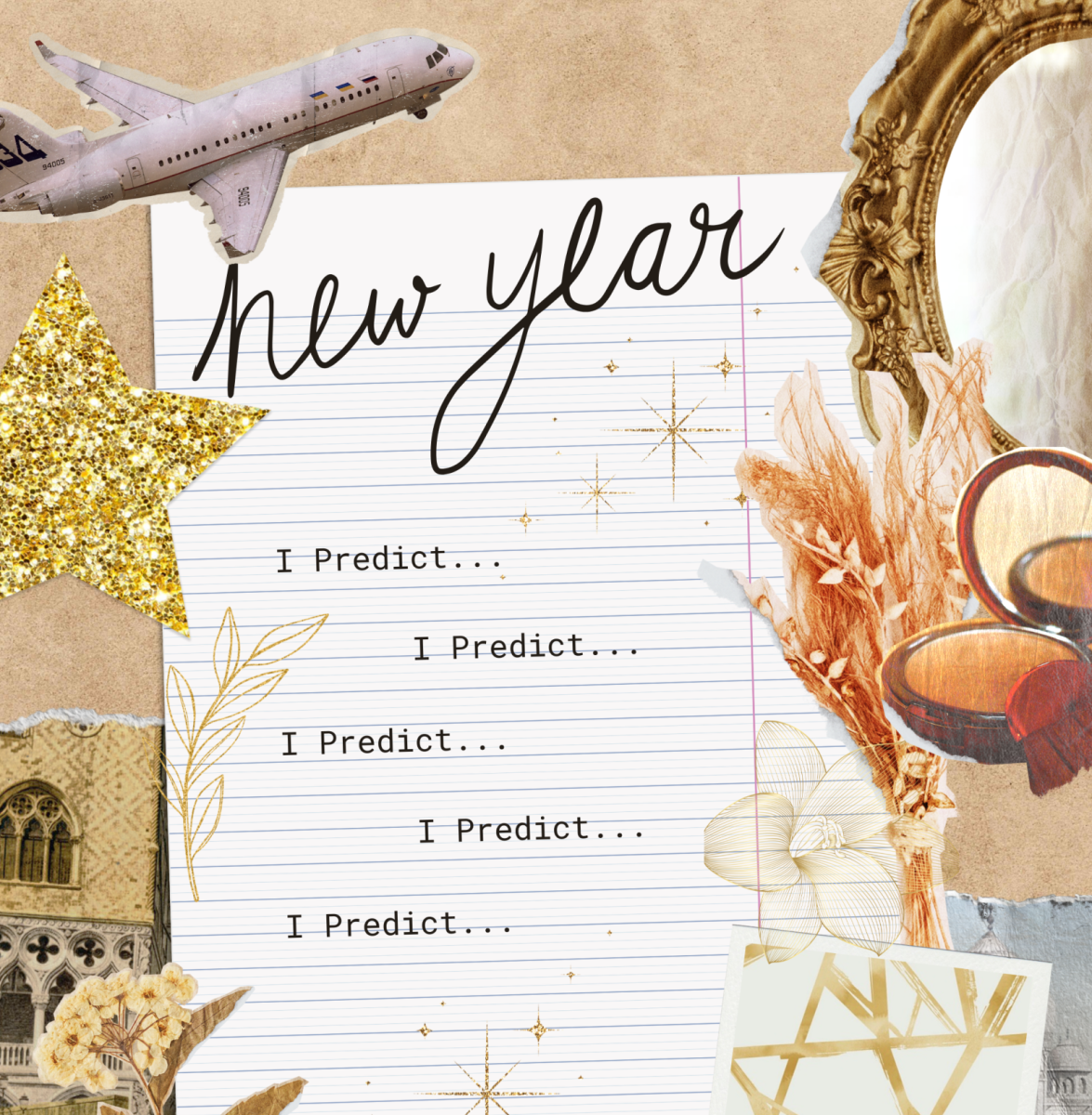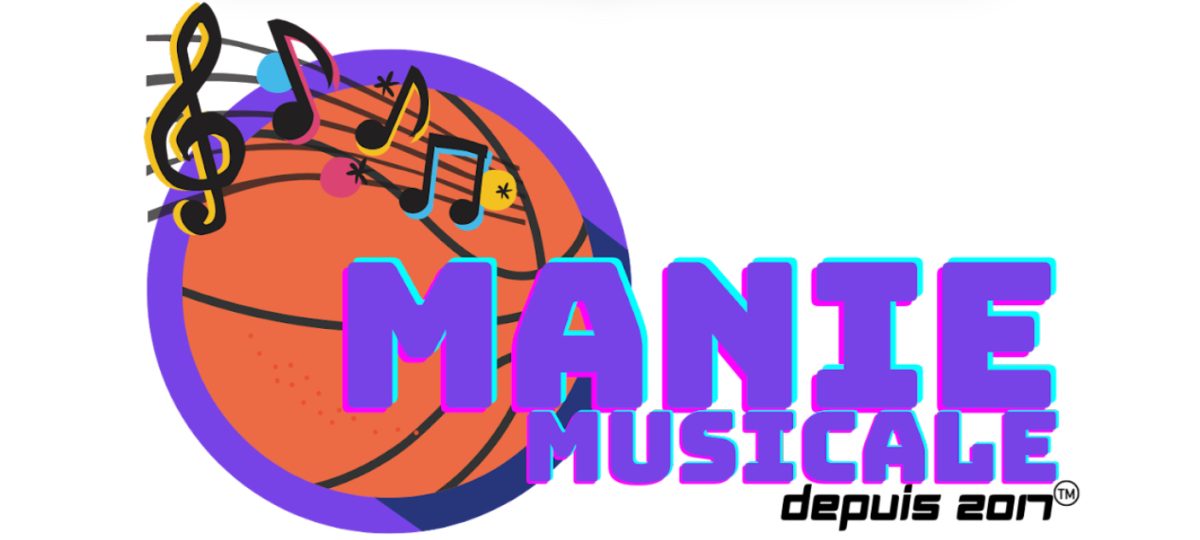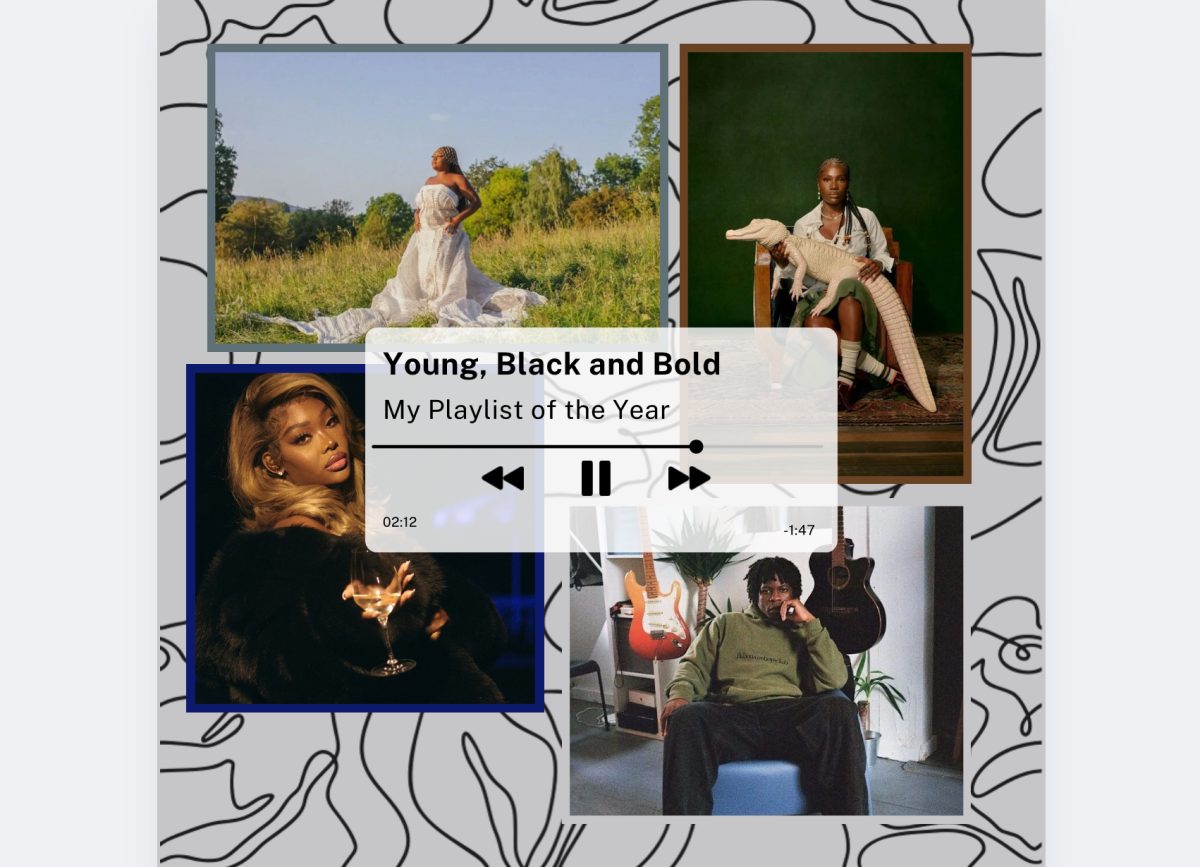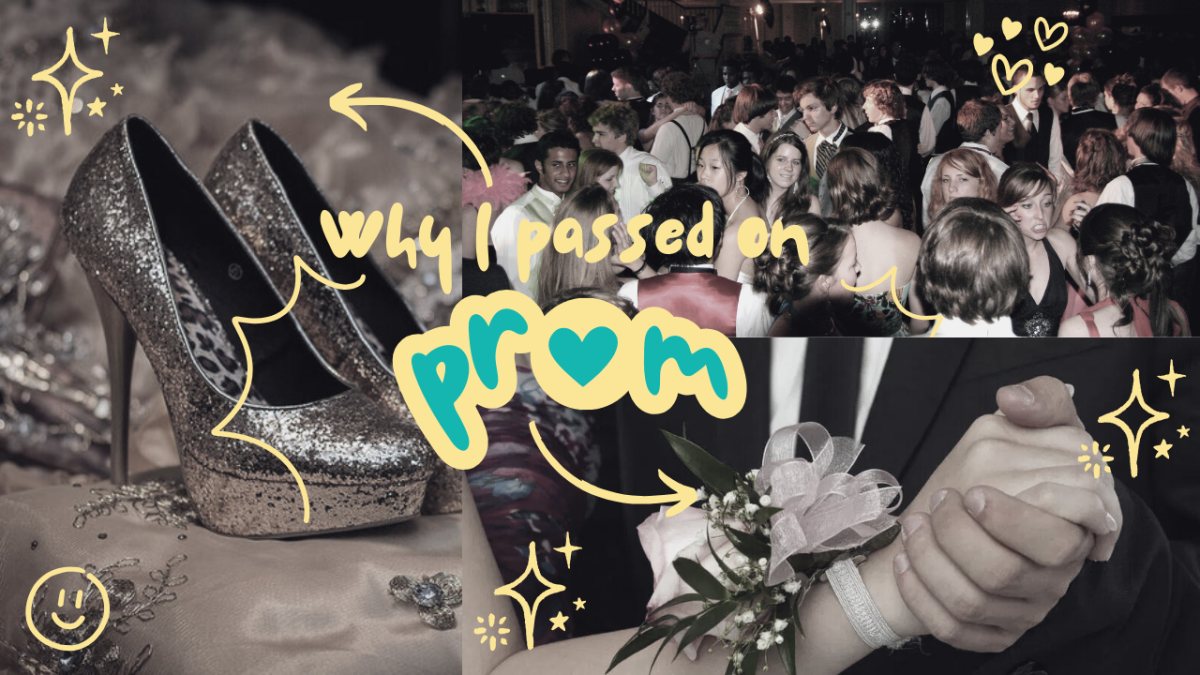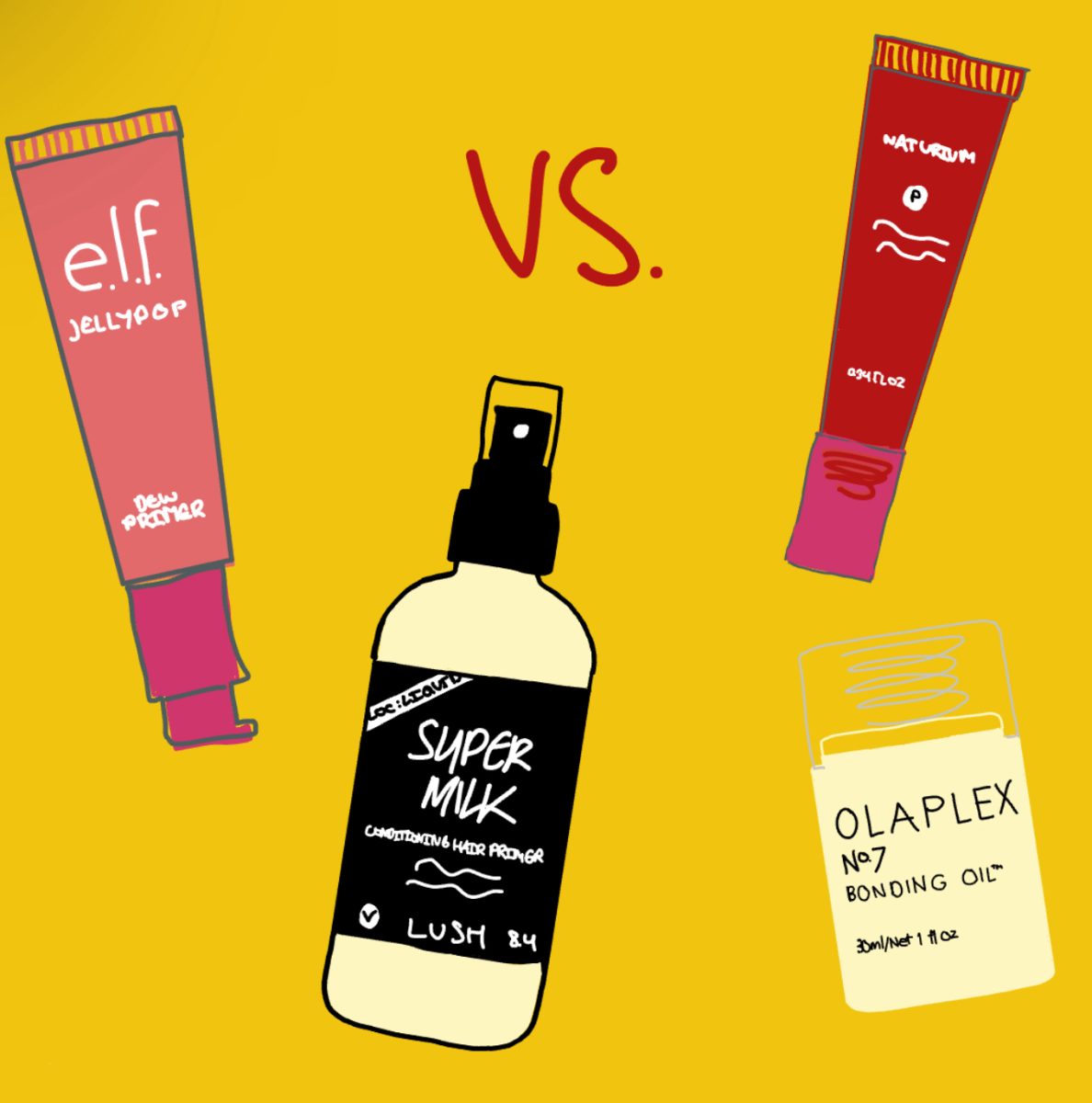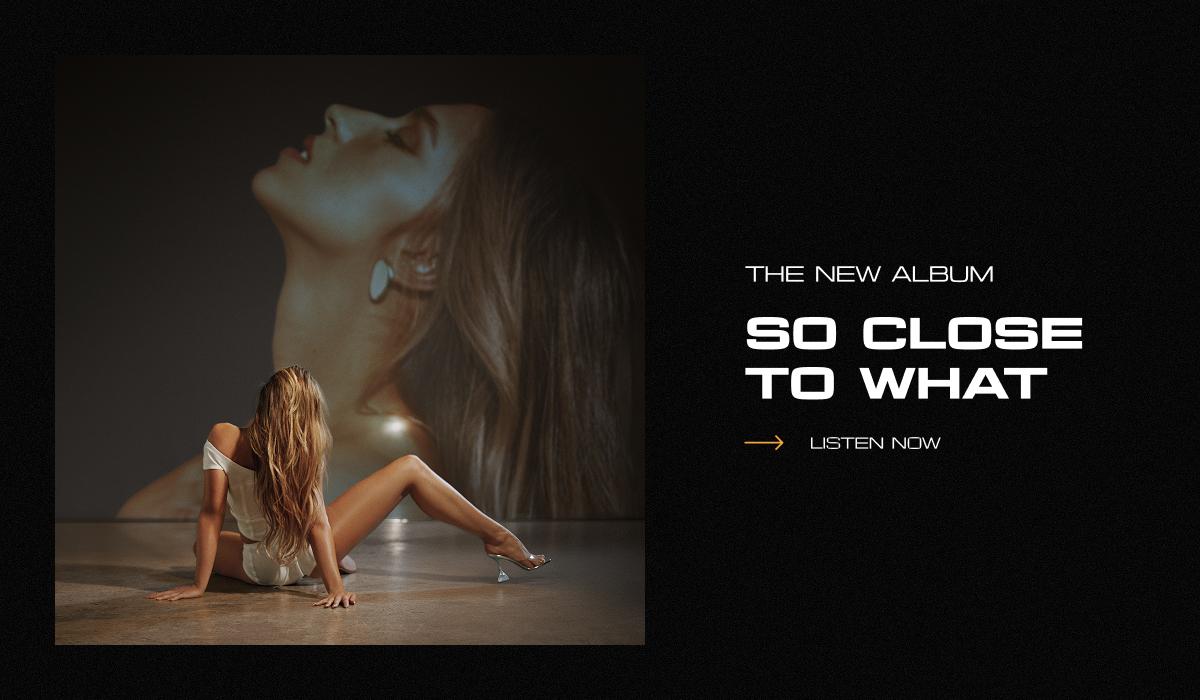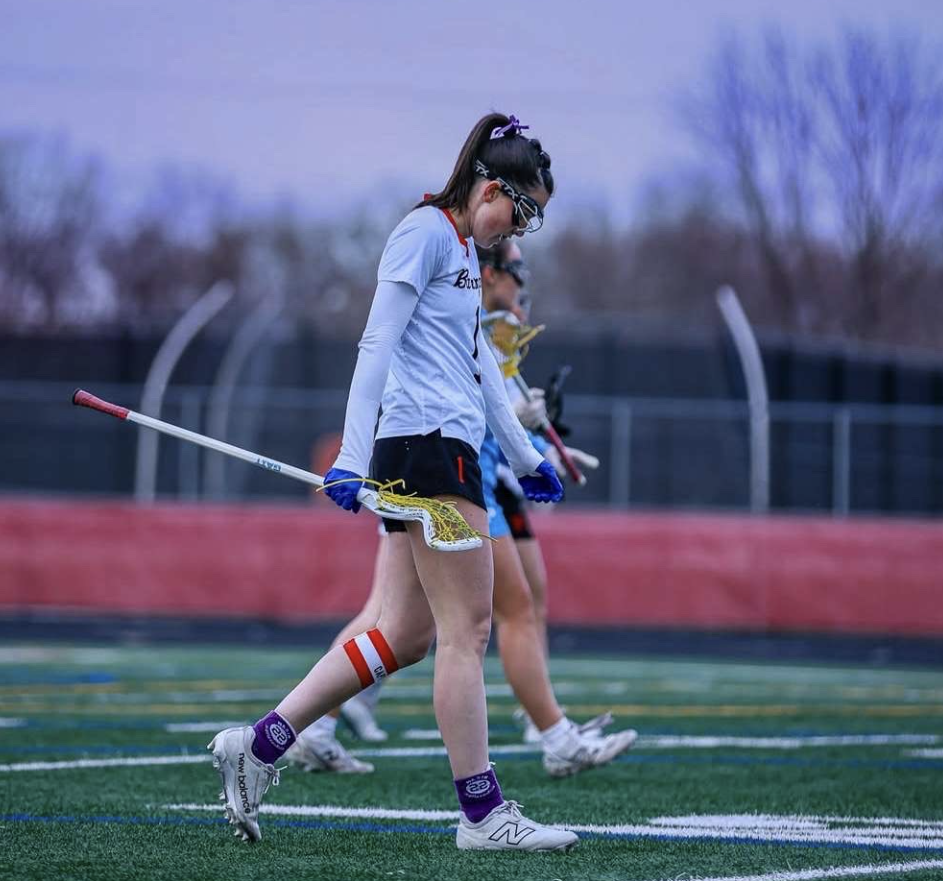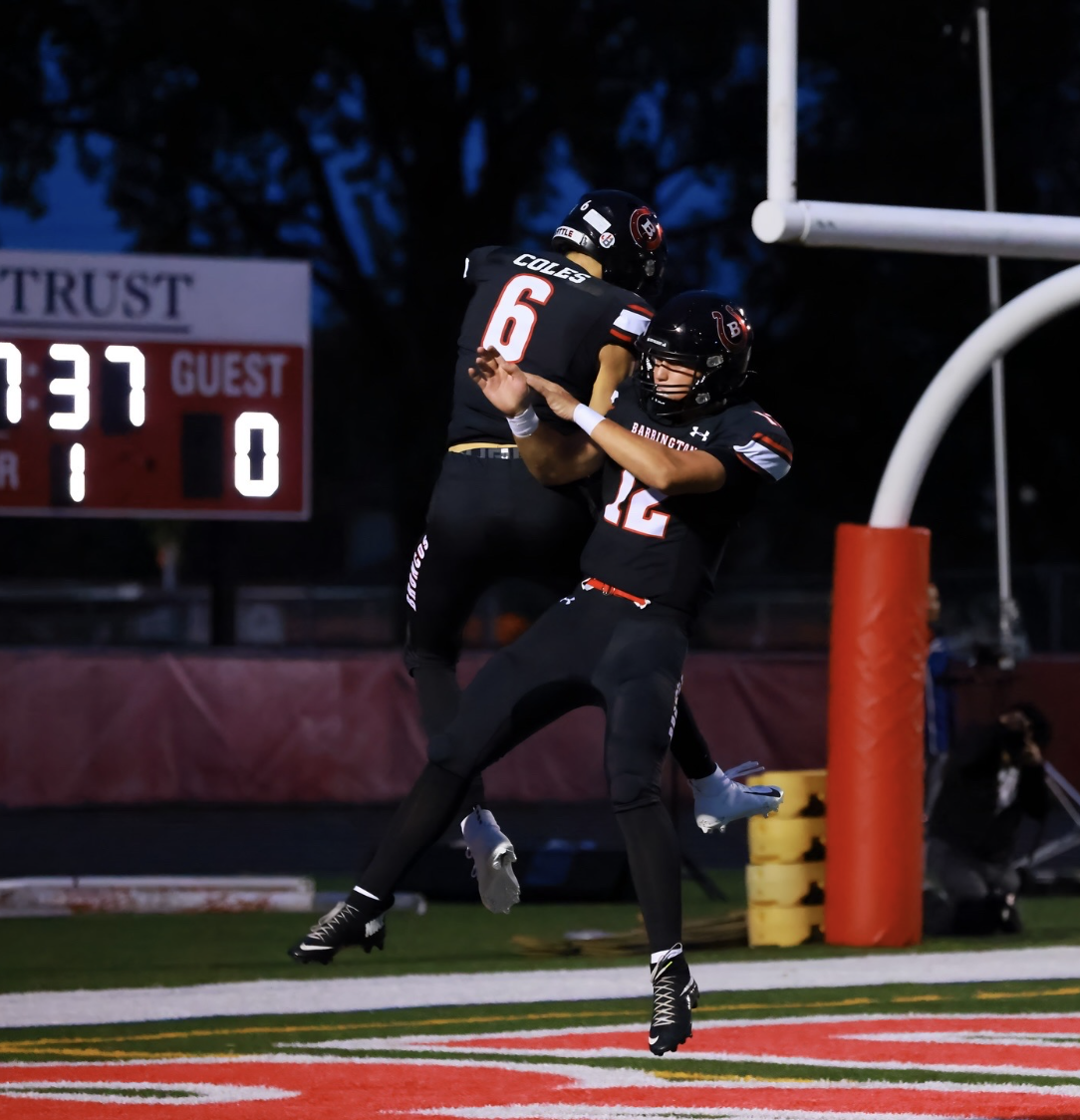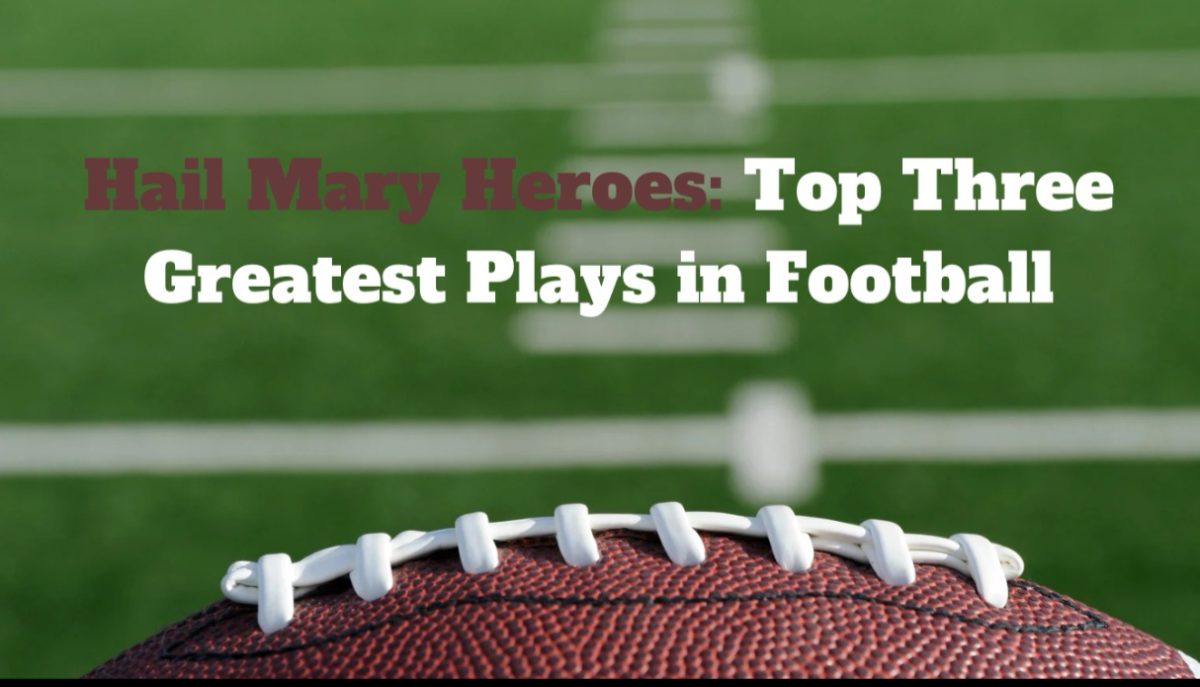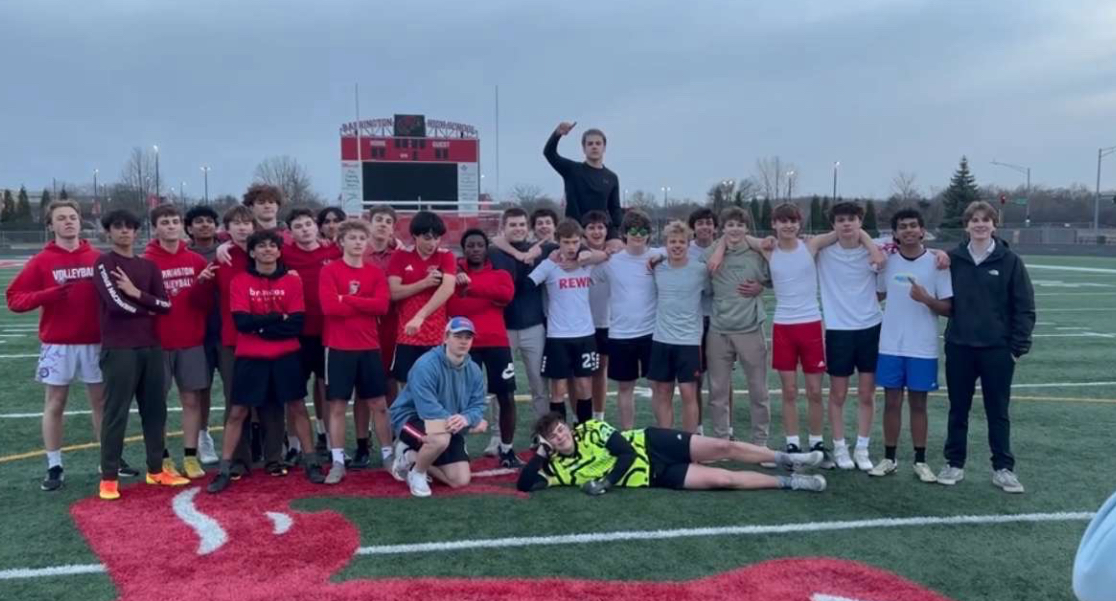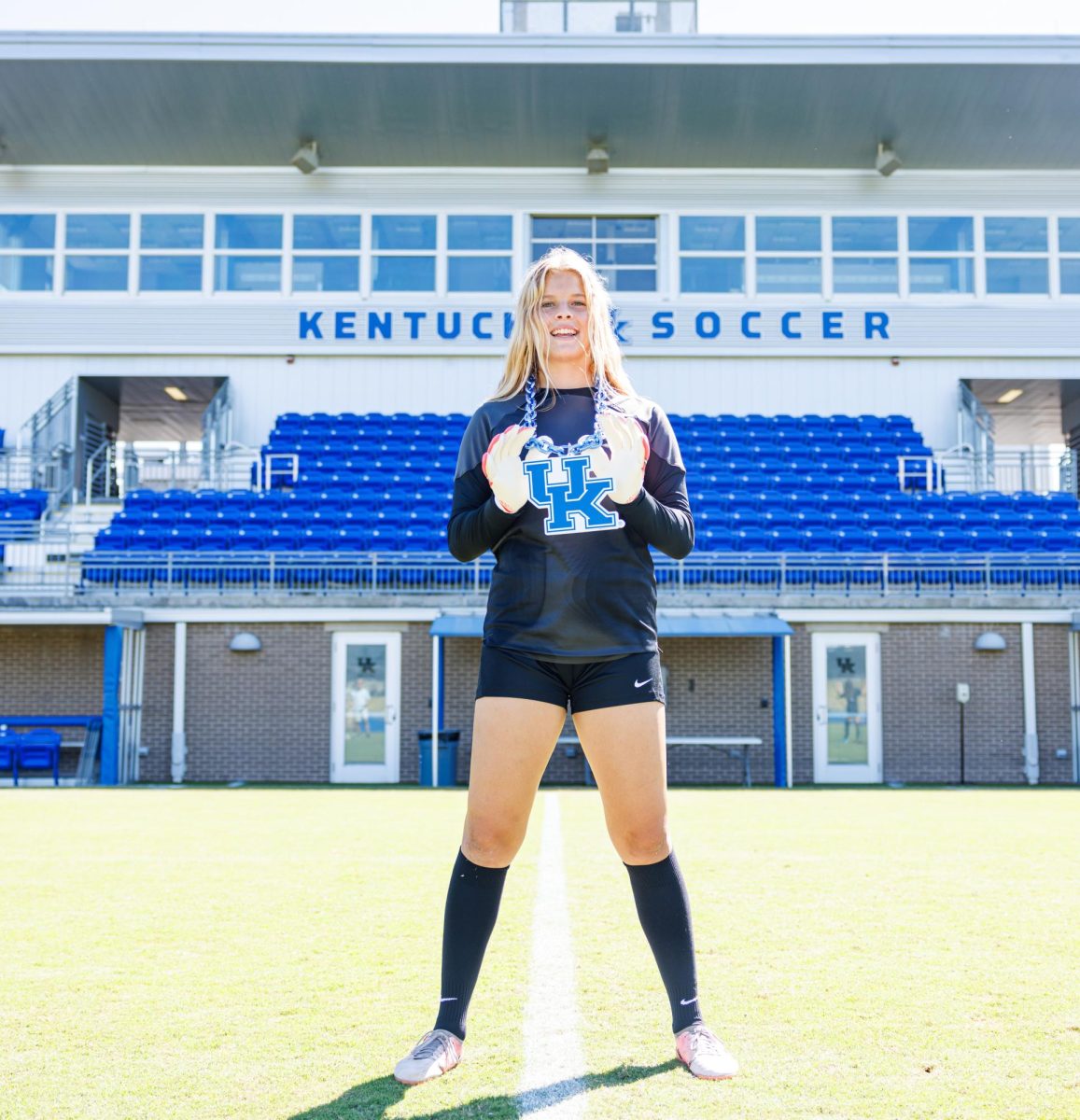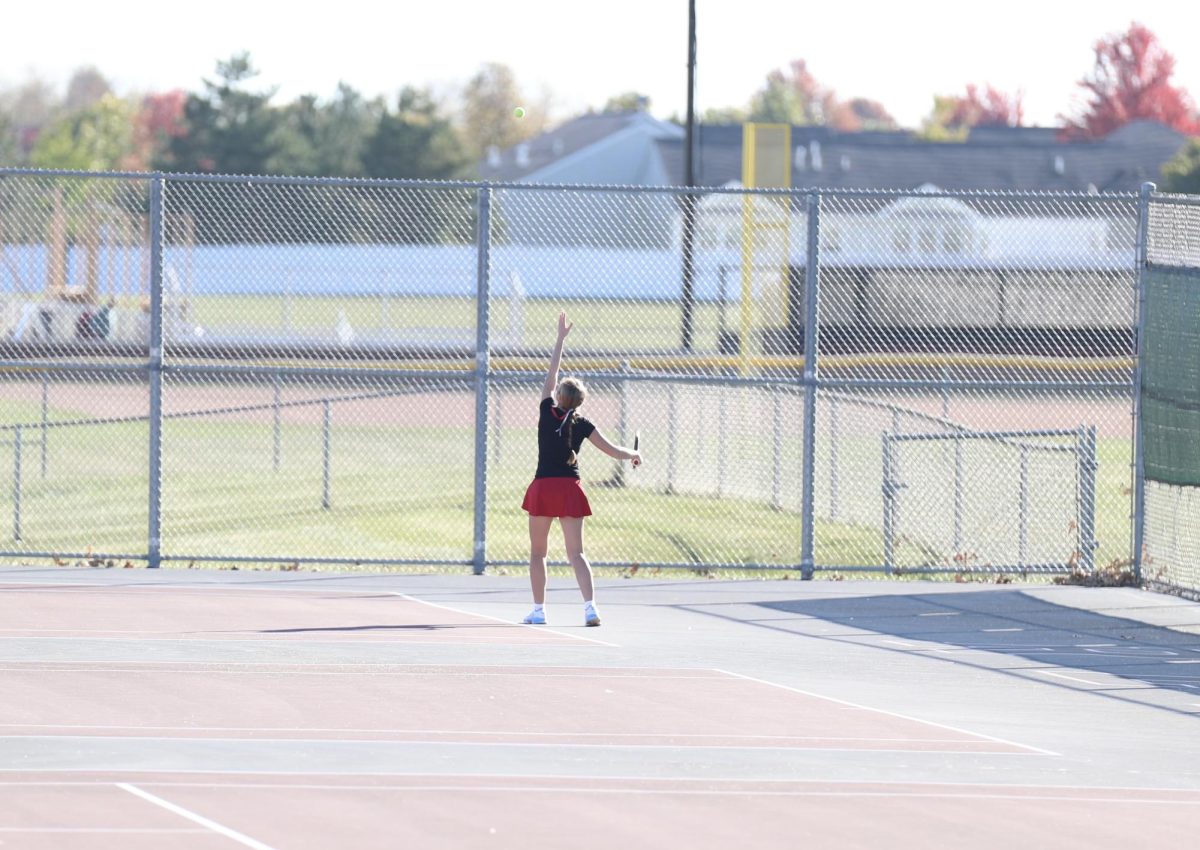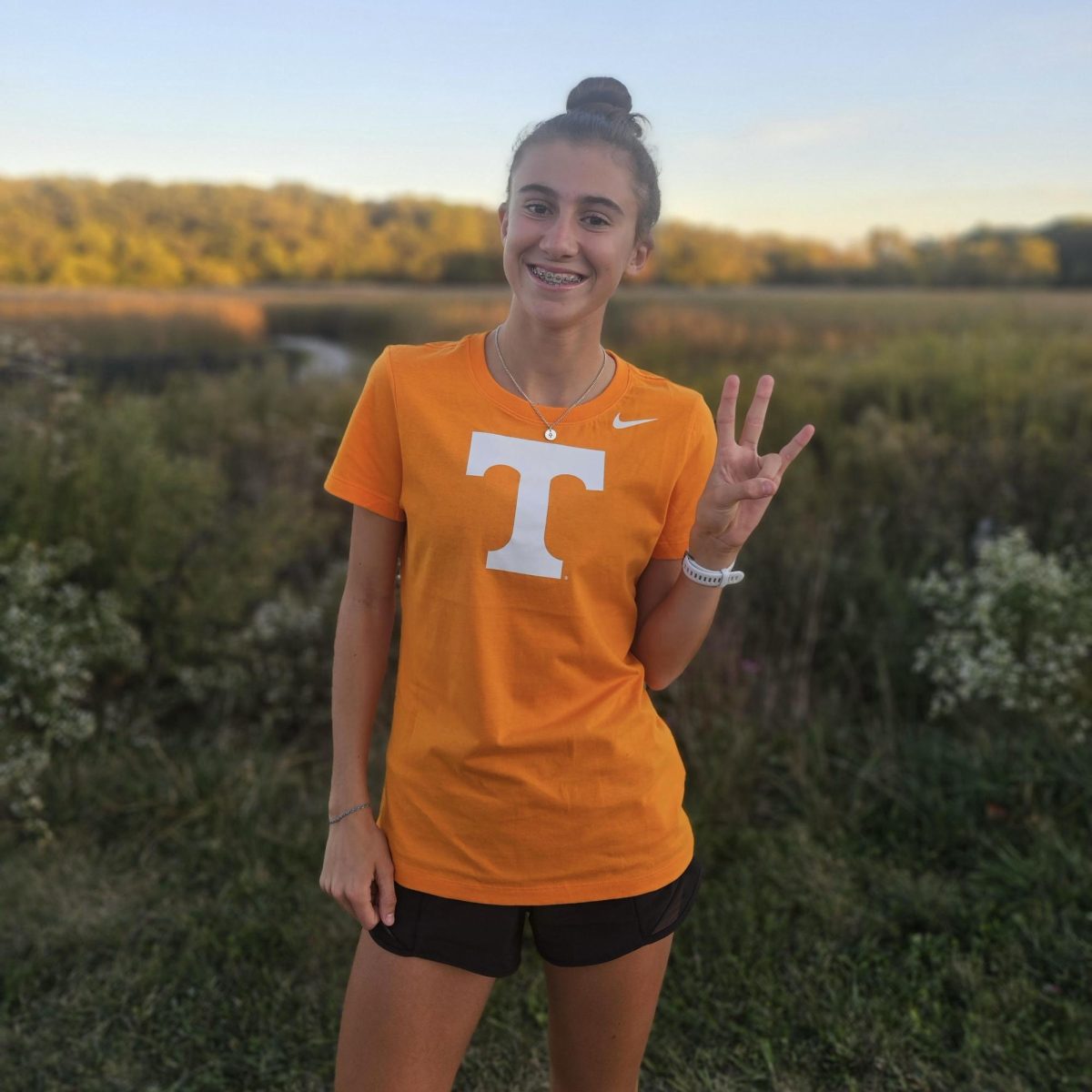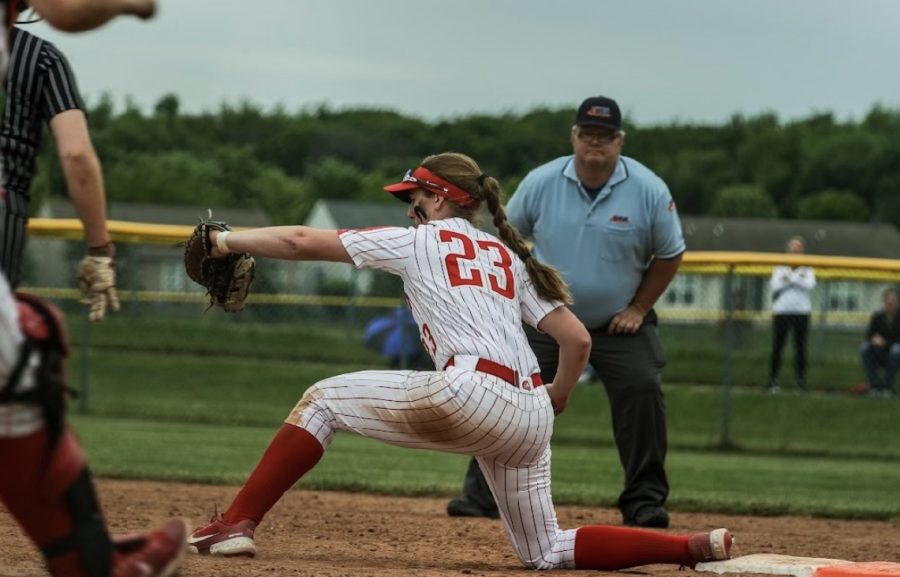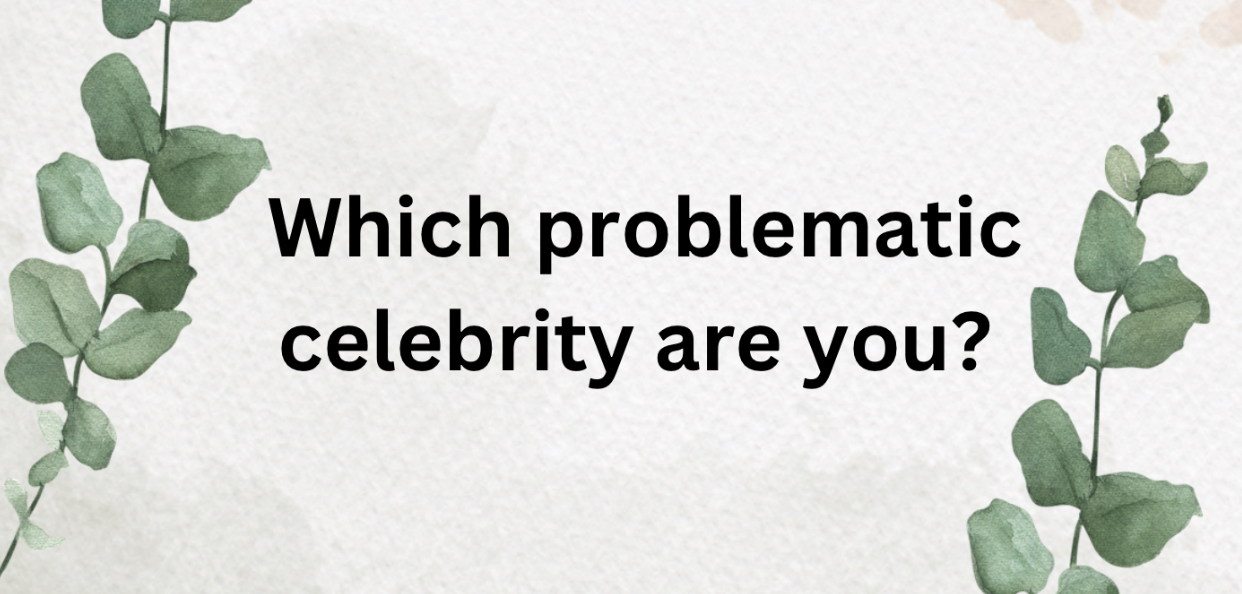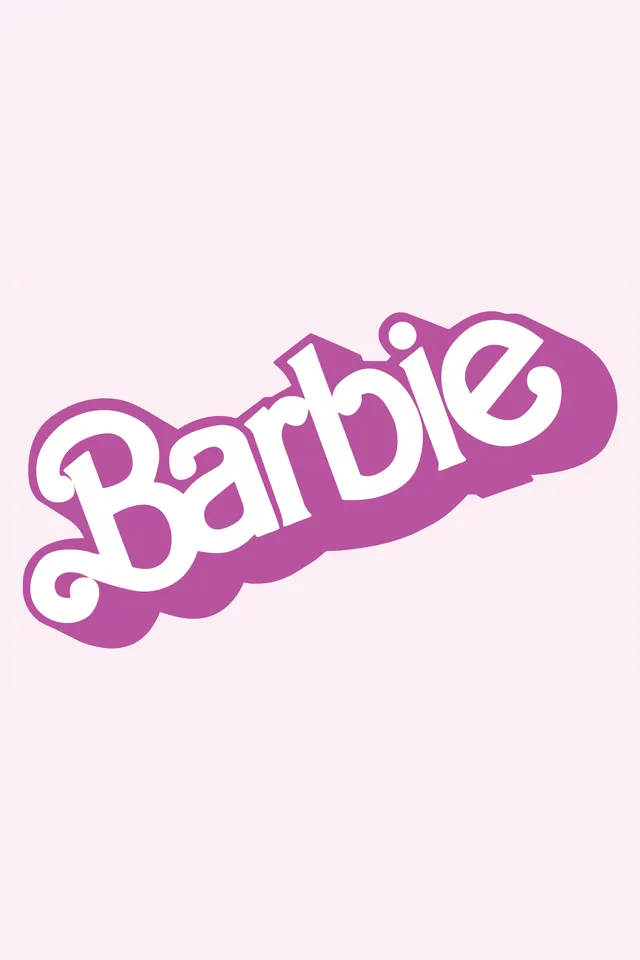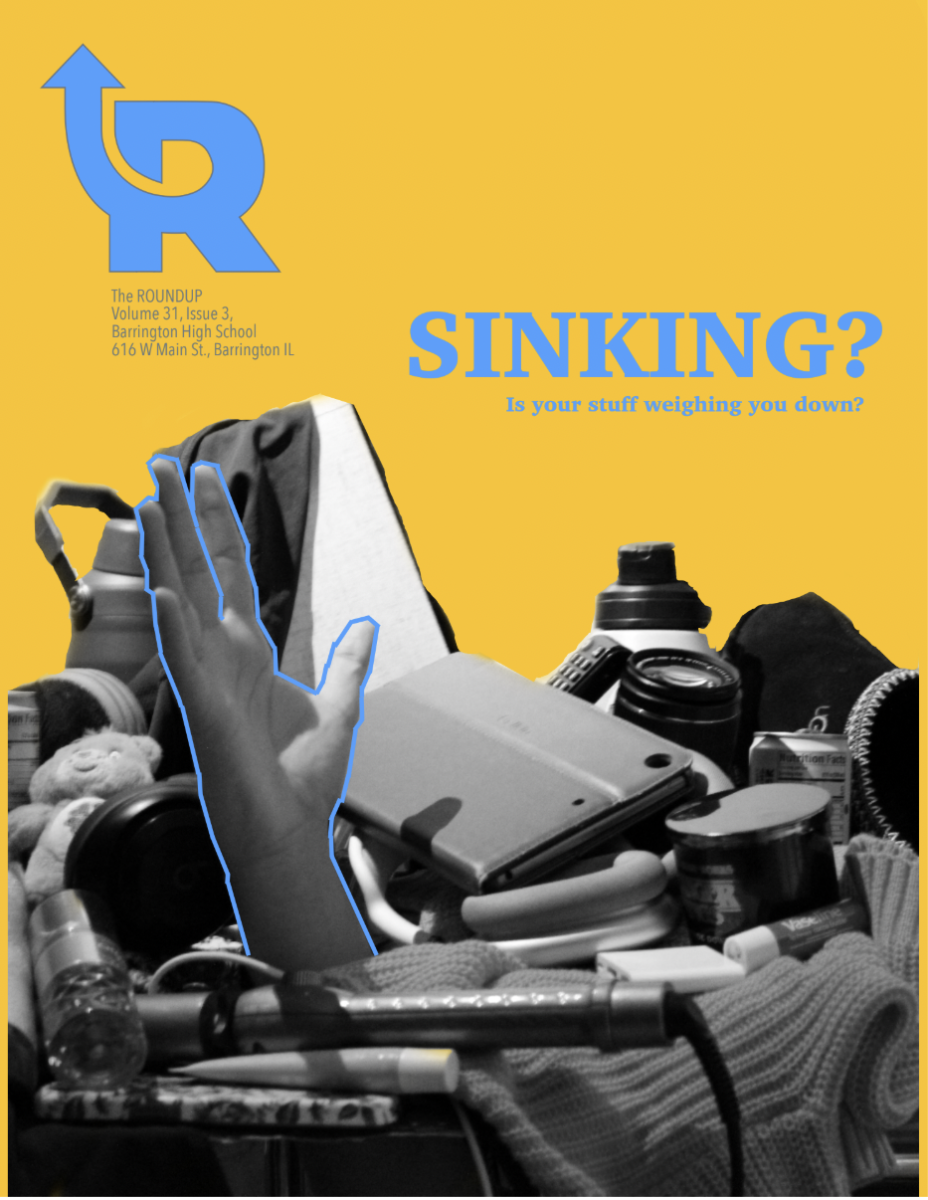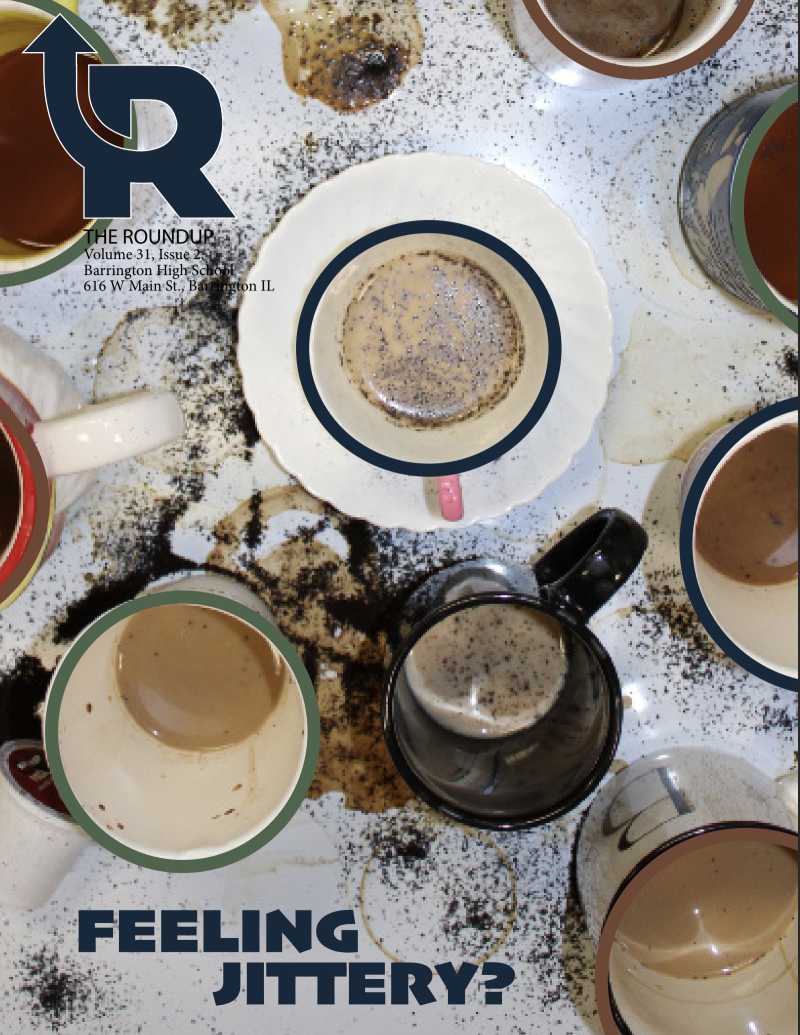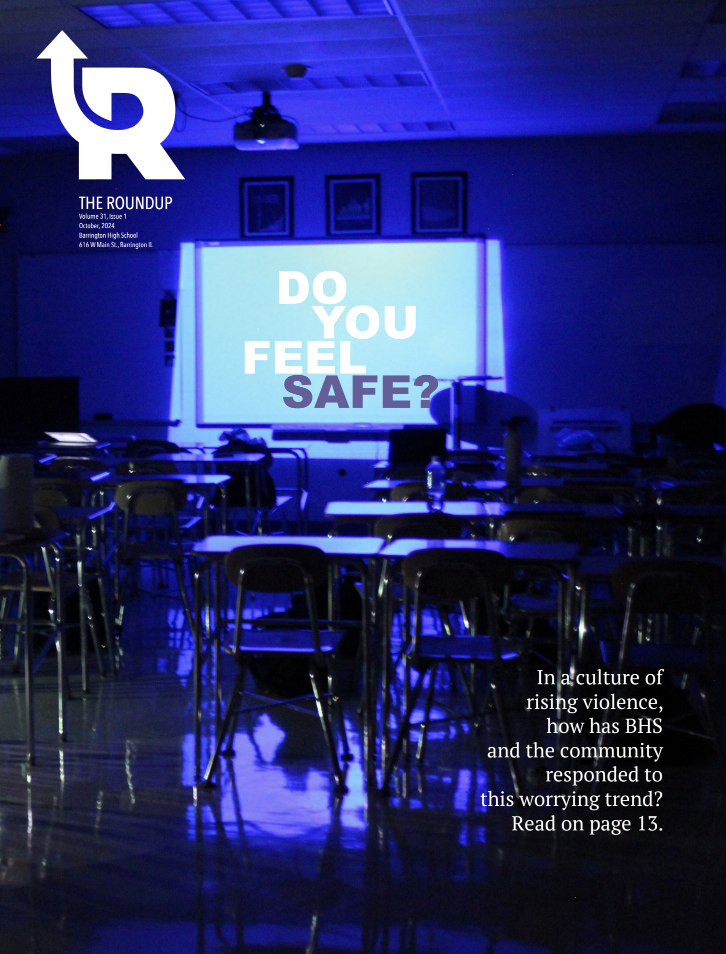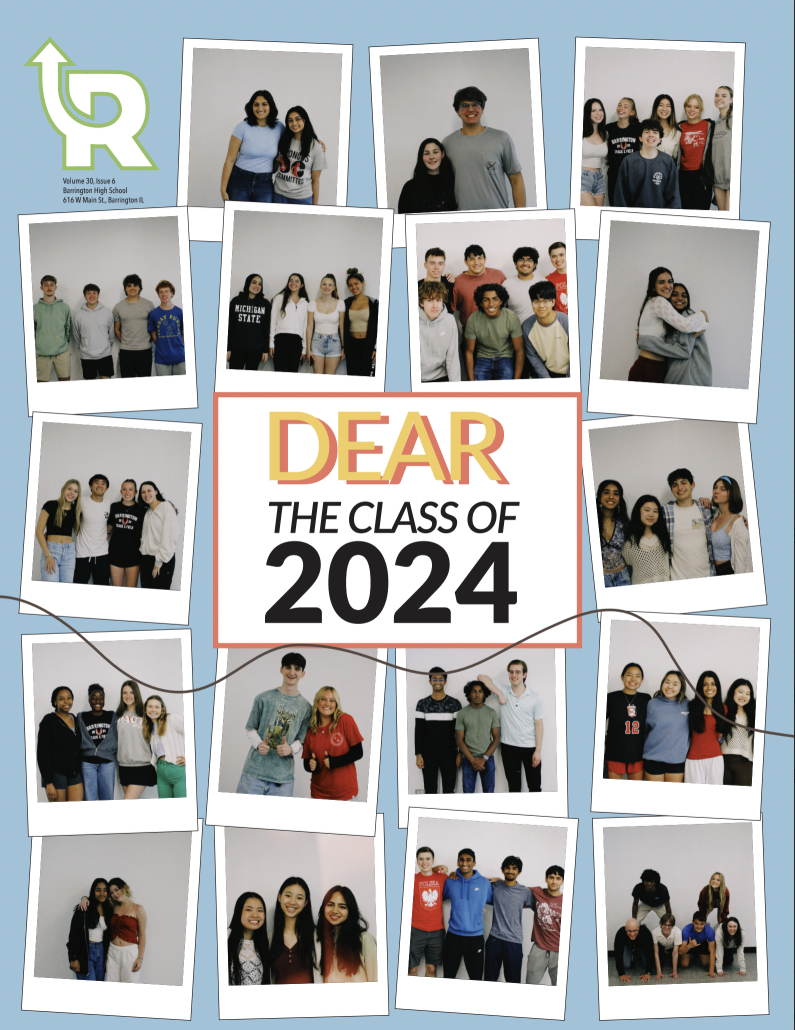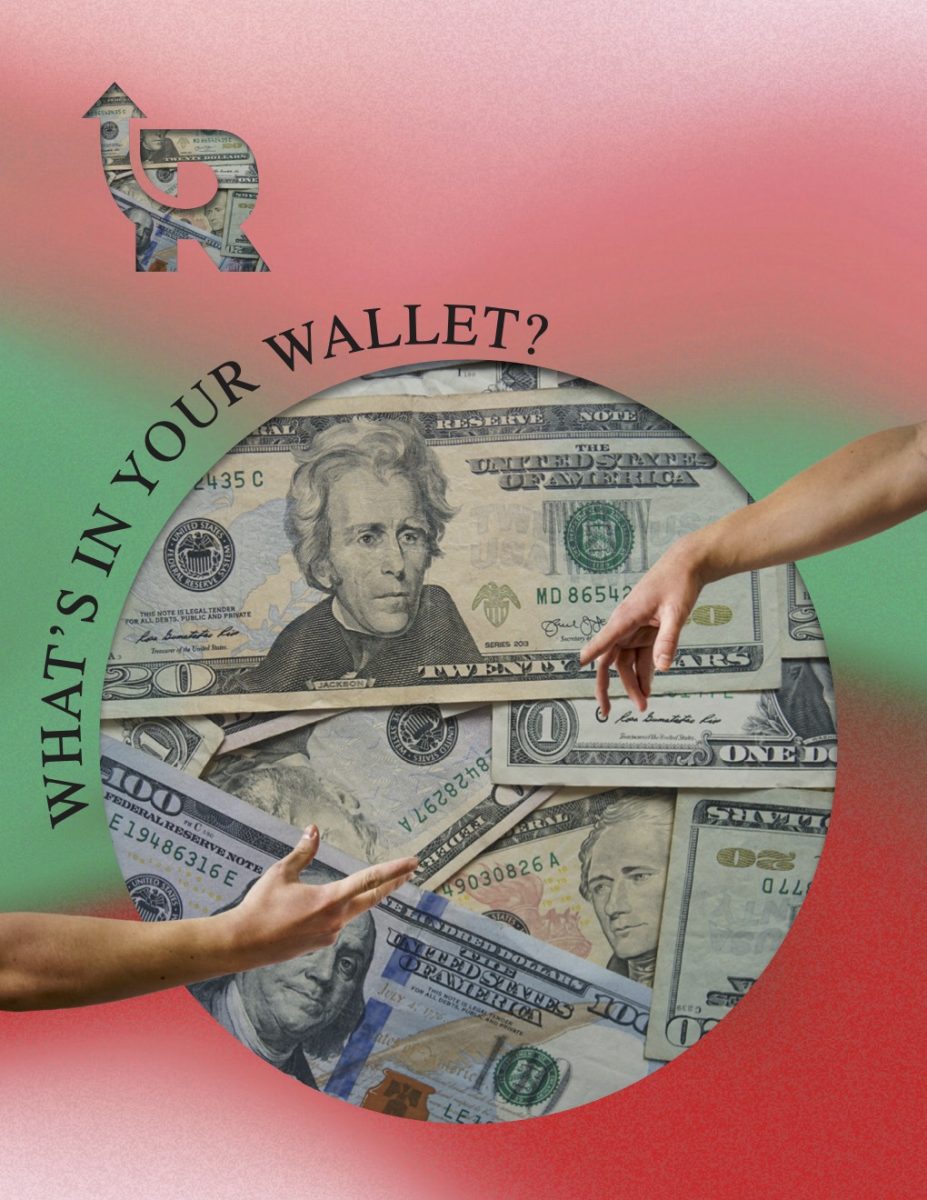Barrington: Figment of belonging
*indicates unnamed source.
A story of unbelonging:
“I have never felt like I’ve belonged in all four years I’ve been here,” *Jane Doe said.
The thought of ‘fitting in’ and an inclusive community is ideal; many times, students feel they fall short of it.
“I feel like an outcast because of the way I dress and the way I present myself. Naturally, there are others like me who feel similarly. Friends of mine have switched schools for similar reasons,” Doe said.
For many teenagers, fitting in is hard. And while not every student experiences the same things or has the same opinion, everyone should feel like they belong.
“I see the same kids sitting alone at lunch tables, in the library, and nobody even goes up to them and asks how they’re doing. People try to act, but people don’t really care about their peers. I used to sit alone and even get picked on, so seeing these kids not having anyone sucks, and nobody even tries to reach out to them,” senior Gourav Pal said.
Juggling school alongside a social life is difficult enough, yet today’s political landscape has complicated matters. Many teenagers feel out of place because of their sexual, ethnic and religious identites; others have not found a group or extracurricular activities within the community.
“There are some times [where] there were people being racist towards Mexicans or towards me because of my ethnicity (Hispanic). It was Mexico’s Independence Day and I had brought my Mexican flag, they [other students] were just being racist,” *John Smith said.
Student organizations such as Latino Leadership, Gay Straight Alliance (GSA), Black Student Union, Muslim Students’ Association and a few others strive to create safe spaces within the school, but some of their outreach faces criticism.
“I’ve seen GSA posters ripped apart and left on the ground. We [LGBTQ+ identifying individuals] have to take it all with a smile and accept these people as part of our community,” Doe said.
Though these organizations strive for inclusivity and to cultivate a better community, sometimes it’s hard to find. This student’s story is just one of many different student experiences.
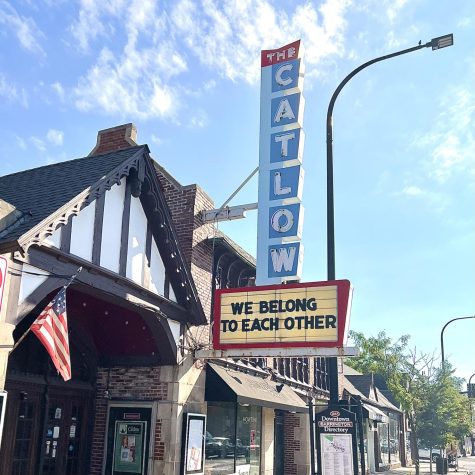
In a survey conducted by The RoundUp, 40% of 257 students surveyed felt uncomfortable at one point in time in their school environment and nearly 30% of students believe that the high school community is not accepting of all students. So, how do we make #WeBelong less of a catchphrase and more of a reality?
Recognizing the problem
The first step to growth and change is recognizing that there is a problem and proposing a solution. After hiring Dr. Nate Rouse, Director of Equity, Race and Cultural Initiatives in 2019, the district has pledged to strive for a more inclusive community, especially in the current school year.
“I really believe there’s some kind of foundational pillars we have to have in place in school [to build] a sense of belonging,” District 220 Superintendent Dr. Robert Hunt said. “Feeling connected to each other, making sure you’re comfortable and can express yourself and feel safe is one of those foundational pillars. If we don’t create that culture within our schools, the teaching and learning never happens.”
Hunt recognizes the necessity for inclusion and community within school, and the importance for students to feel like they belong. He helped create the school’s theme for the school year, #WeBelong220, in hopes of fostering better inclusion.
Not only was the theme channeled in-school, a local group called Courageous Community is also taking on the work and collaborating to help.
“When I heard about this [initiative] when I looked at what was going on, I felt it was really important to recenter our staff, and hopefully, our students and culture around creating a sense of belonging,” Hunt said.
As communities continue to be divided, these initiatives were started to bridge the gap between them, both in school and outside of it.
“This notion of fostering greater inclusion and belonging in a time that we looked around us, and saw the fabric of our society beginning to tear, what did that mean? And what did it mean for the generations to come? Generations now?” Co-Founder of Courageous Community, Rev. Dr. Zina Jacque said. “We wondered, how could we begin to practice the kinds of conversations that would build back- repair- those tears.”
Alongside Jacque, Co-founder and Barrington High School alumni Jessica Green found the need to bring this initiative to the community. They establish foundations for belonging by having the harder conversations to tackle.
“There’s always things that we have to do to understand our biases: catch ourselves when prejudices come up, and be gentle with ourselves because we’re human,” Green said. “But also, the more awareness we have around those moments, the more we can be more inclusive as we navigate our community together. So it’s the personal work plus the outer work of building community in an inclusive way.”
Planting this initiative in the community is a big step towards equity and equality, but it won’t happen overnight. They hope that by starting conversations around belonging, that they can help spark a self-led movement within the community.
Instead of painting the town red for Barrington spirit, they hope to plant the seed for Barrington inclusivity.
“A real dedicated person is the one who plants the tree, [and] who will never eat the fruit. And so in some ways, we are trusting that if we plant this tree, and it bears fruit, whether we know how it’s taken in or not, it will be,” Jacque said.
Your donation will support the student journalists at Barrington High School! Your contribution will allow us to produce our publication and cover our annual website hosting costs.

